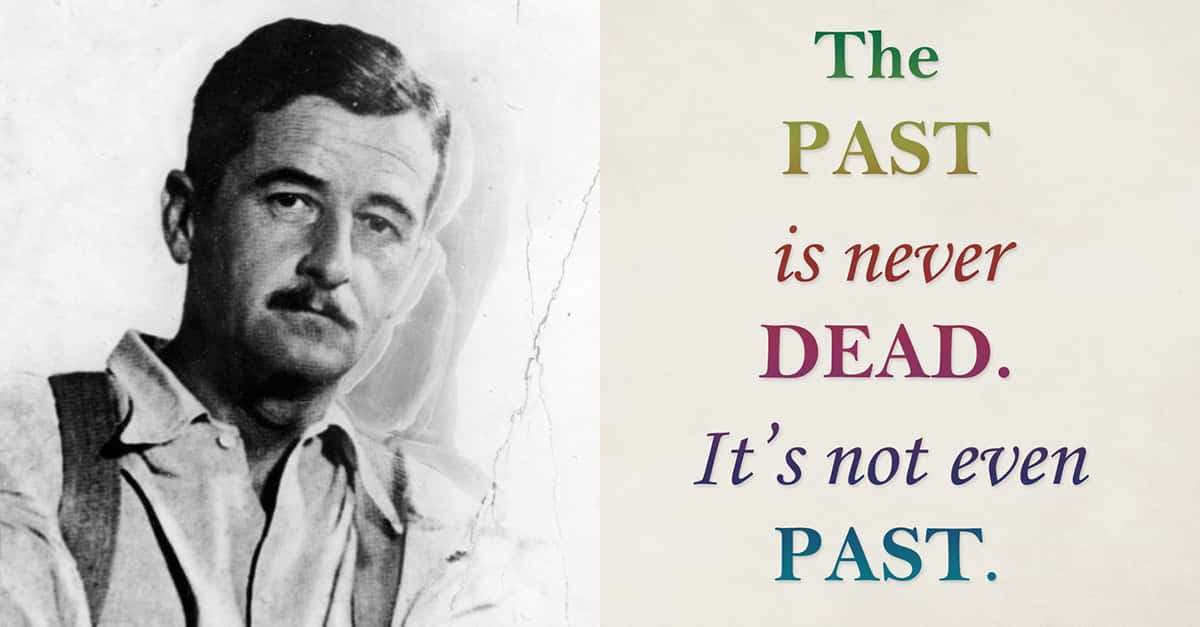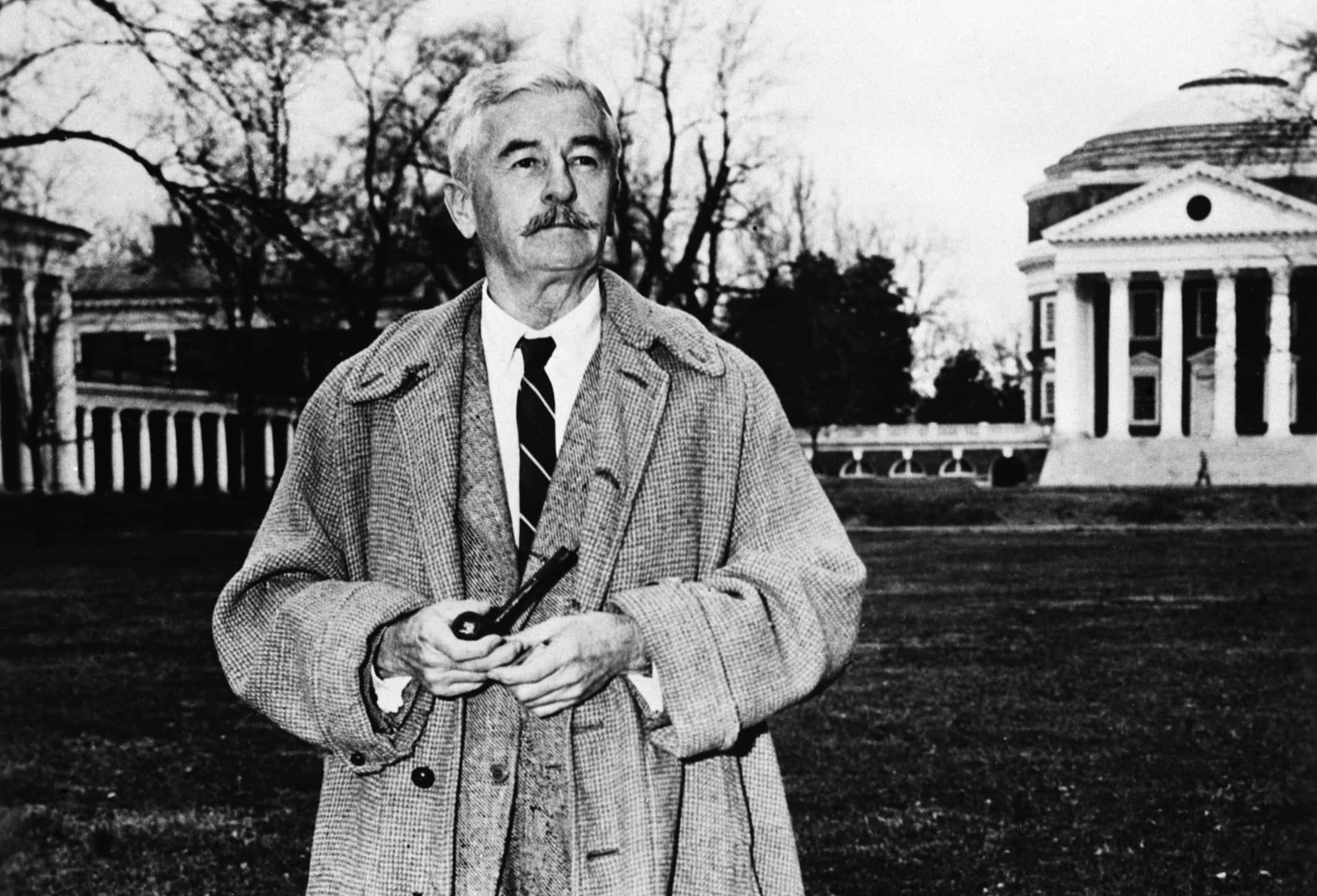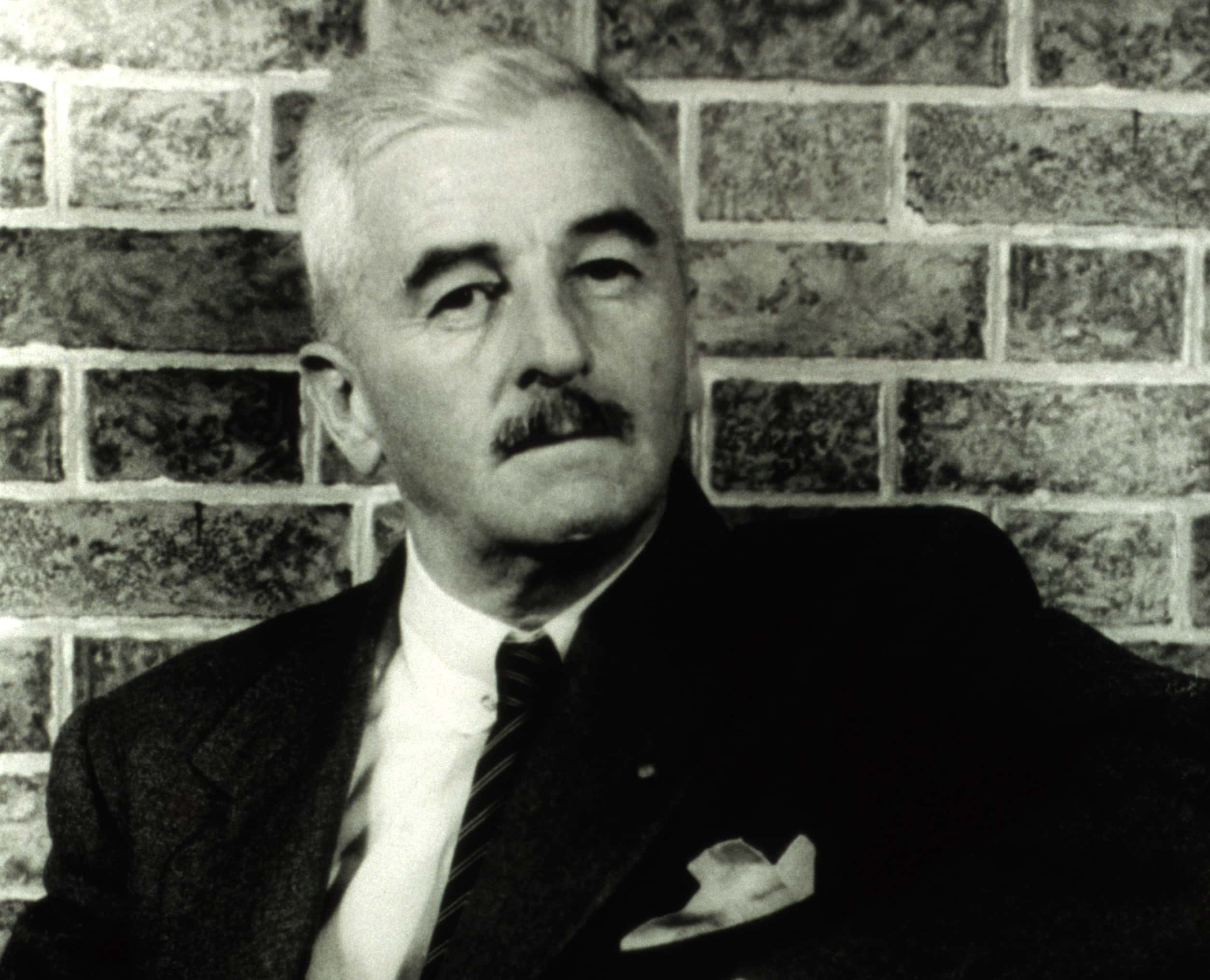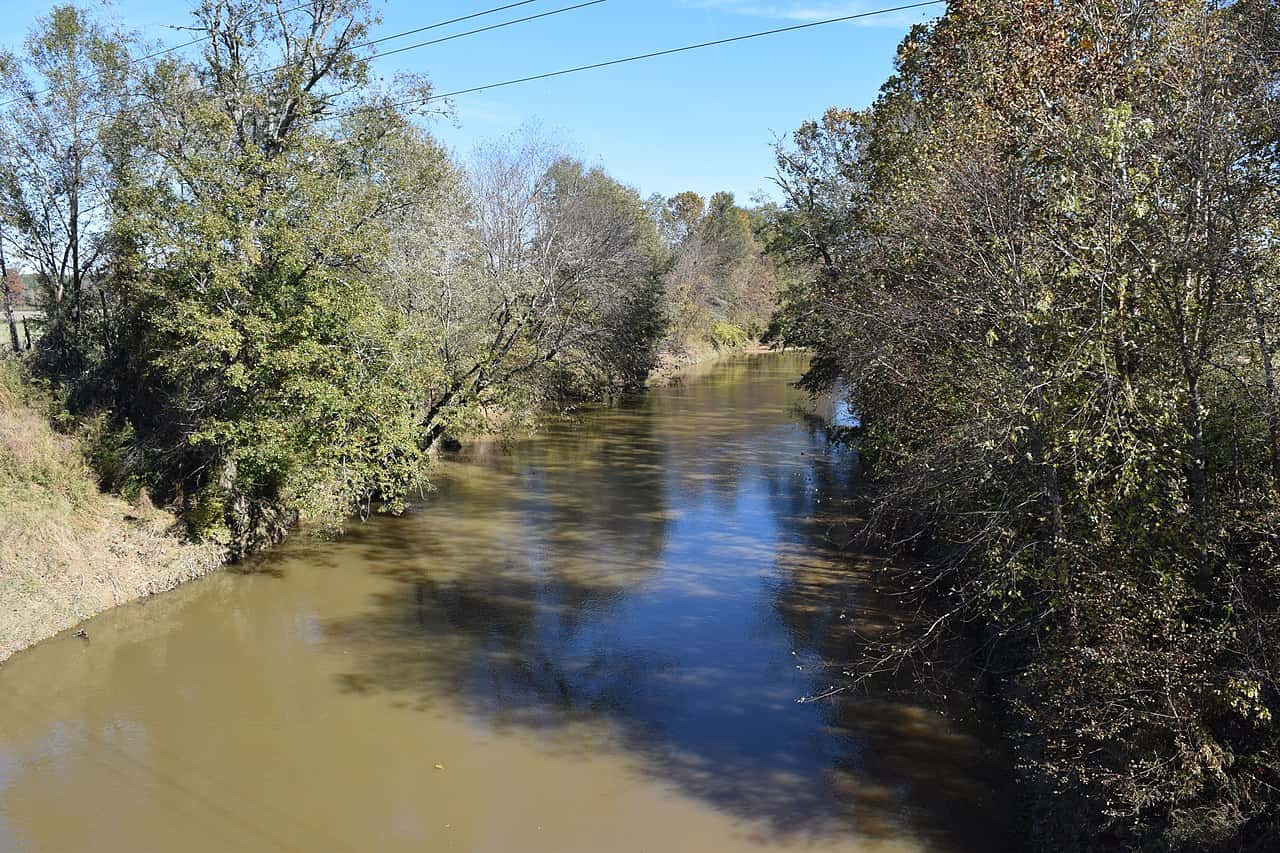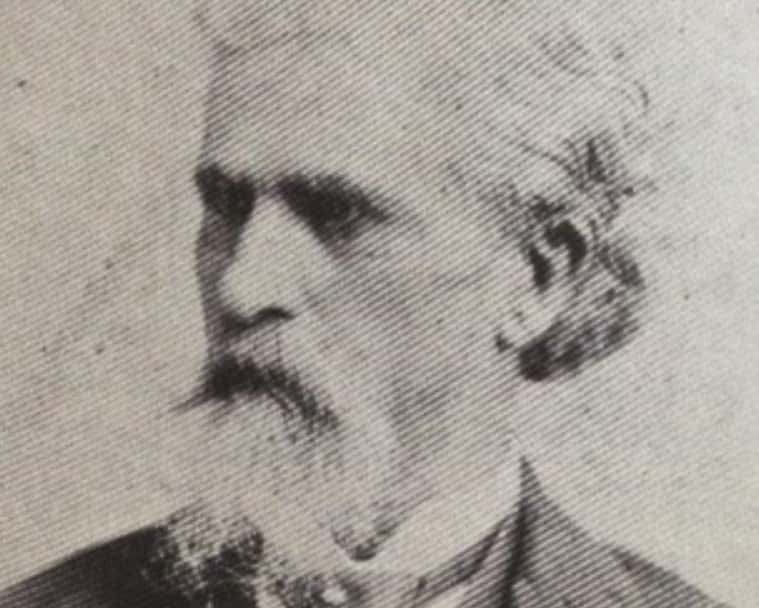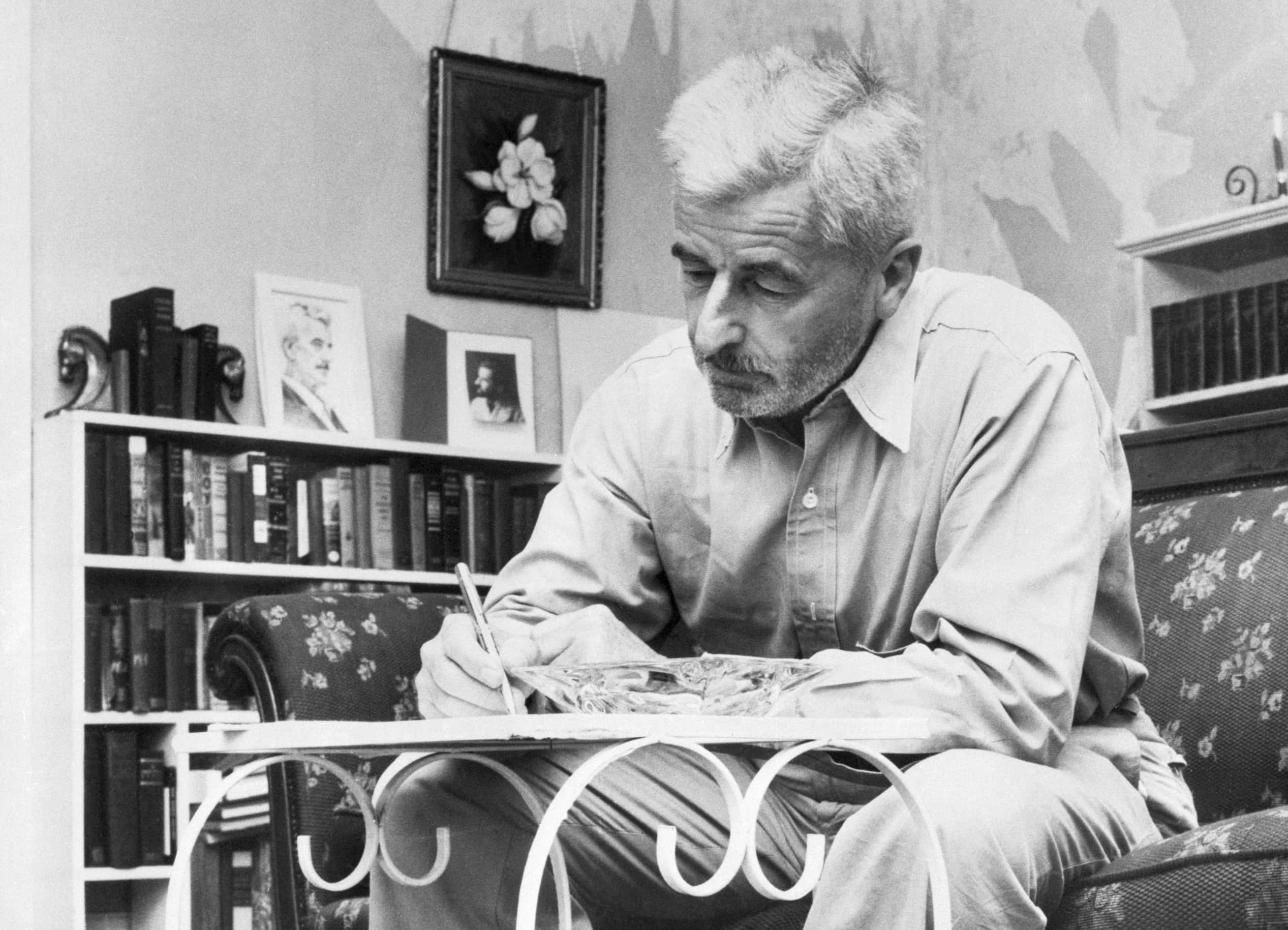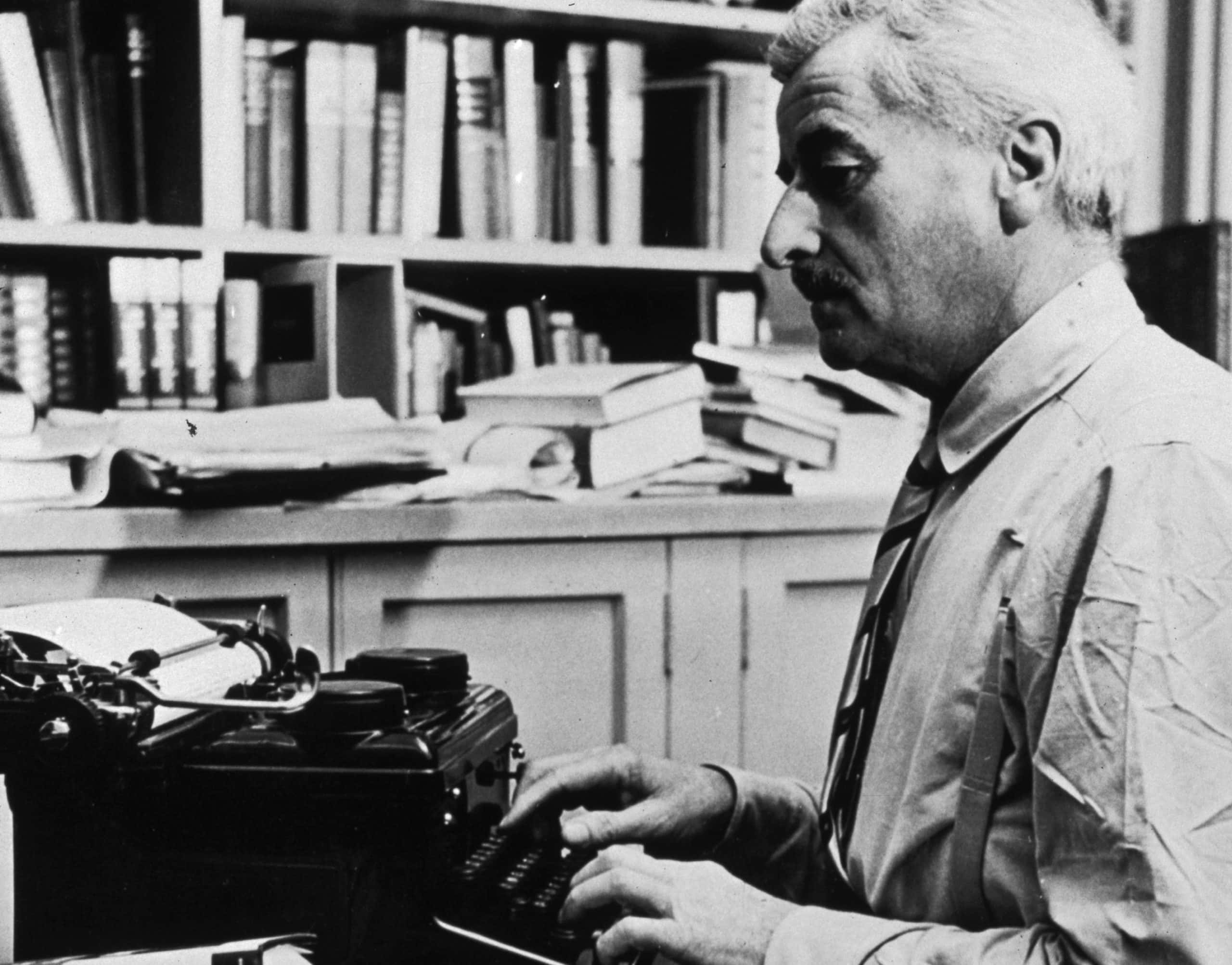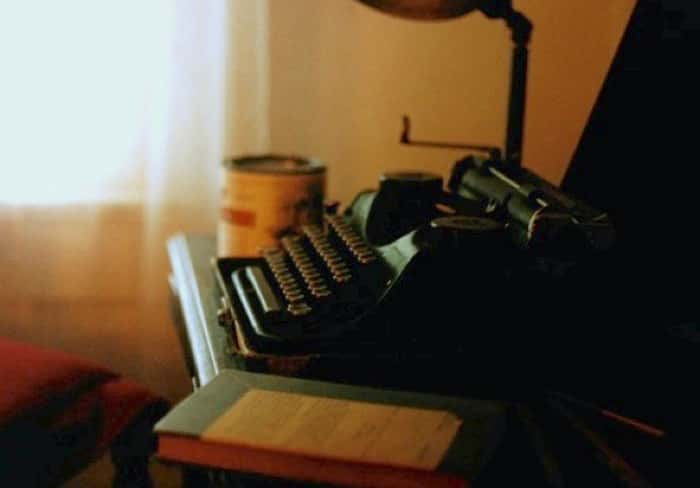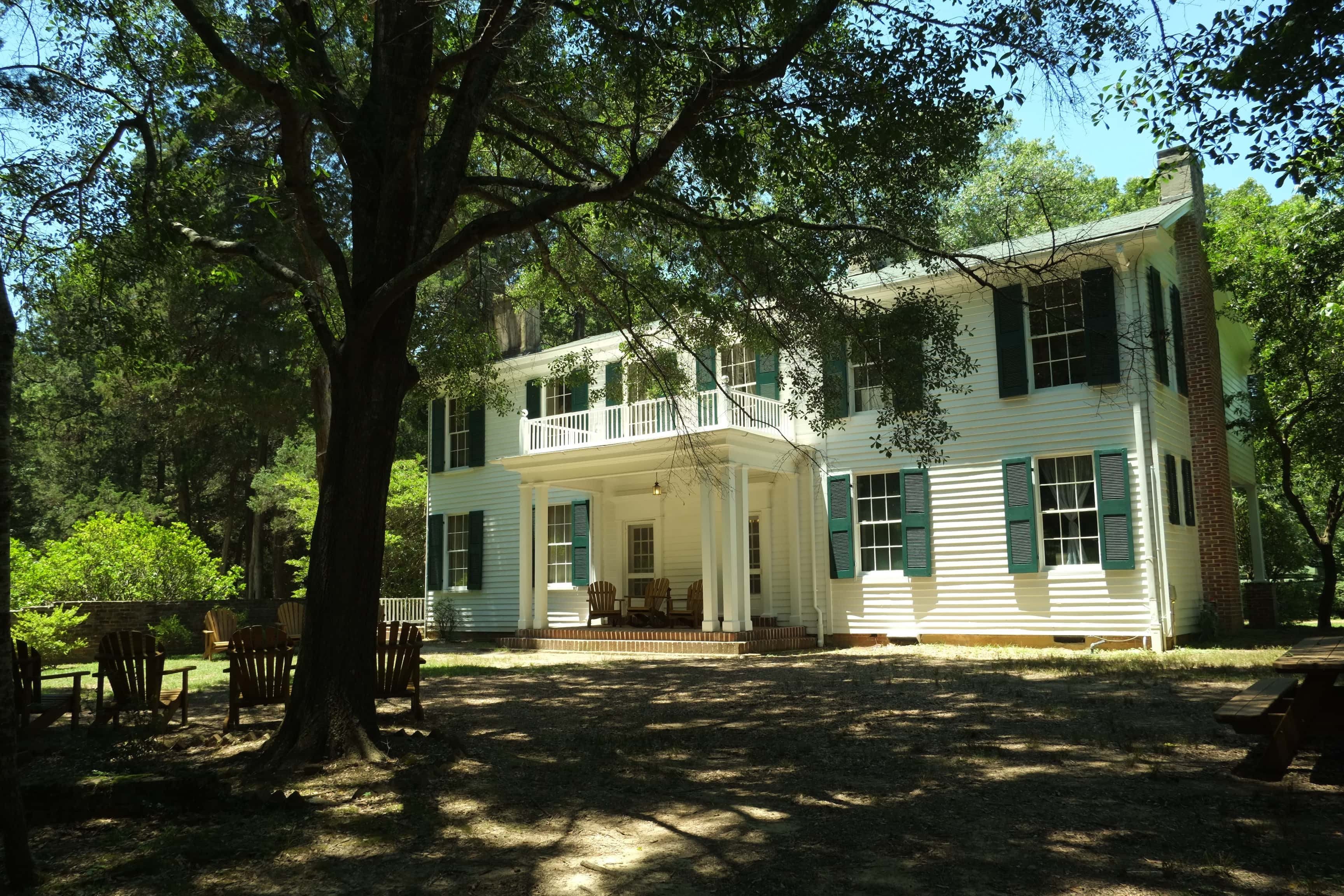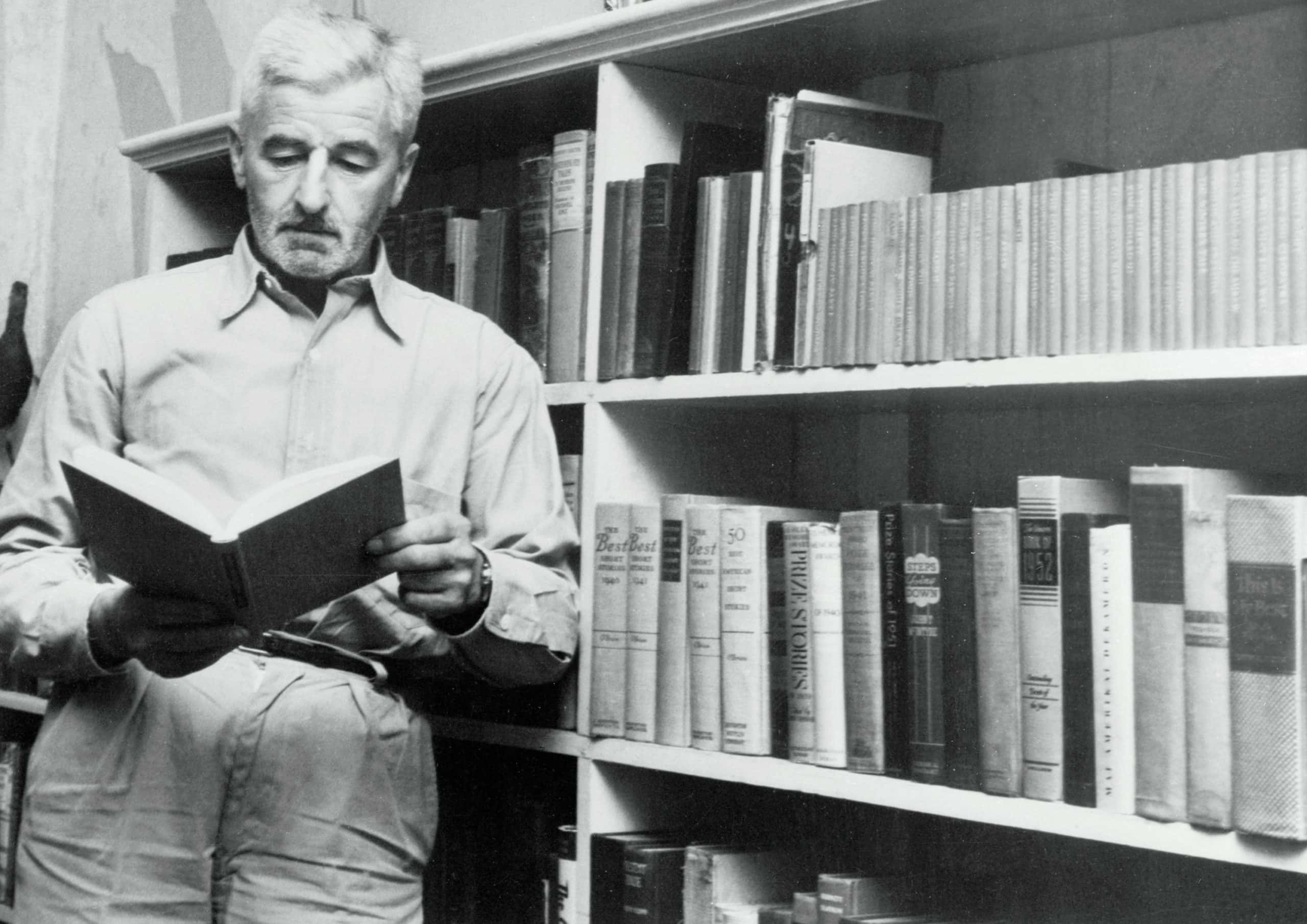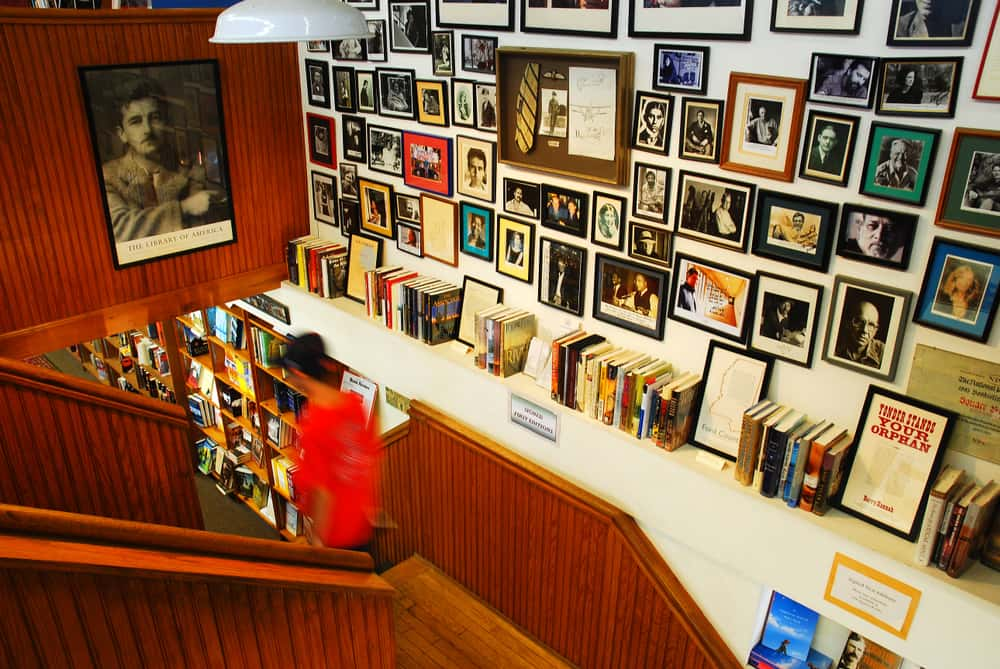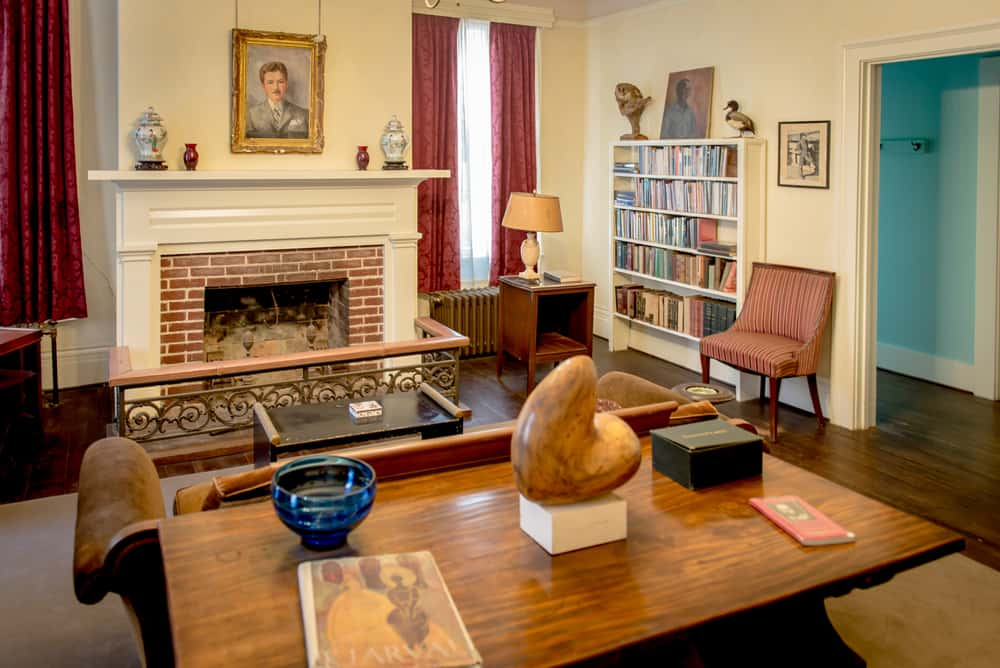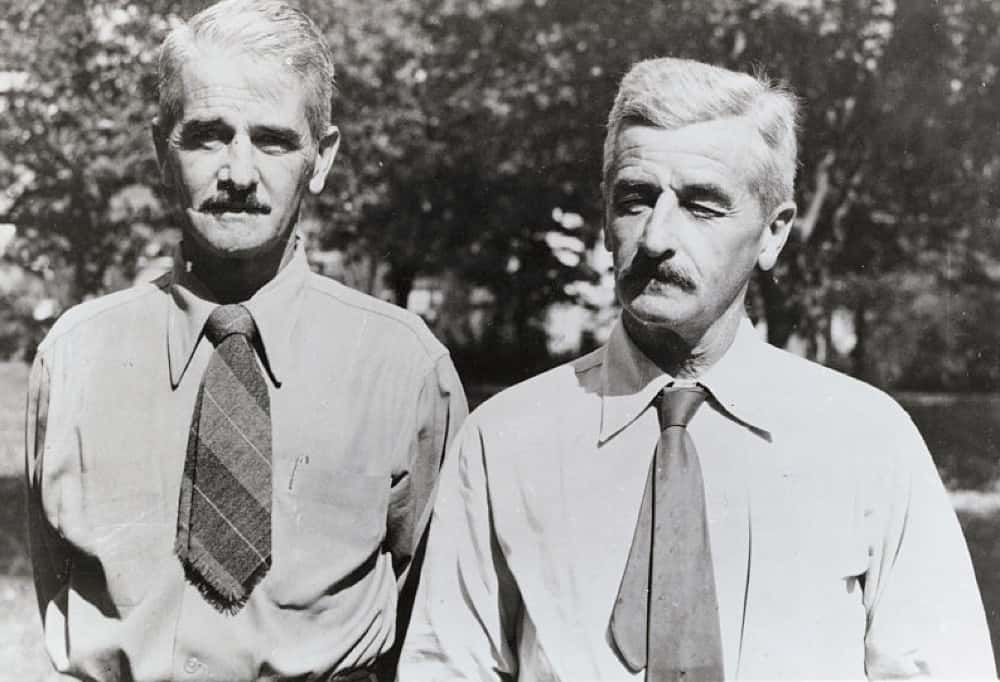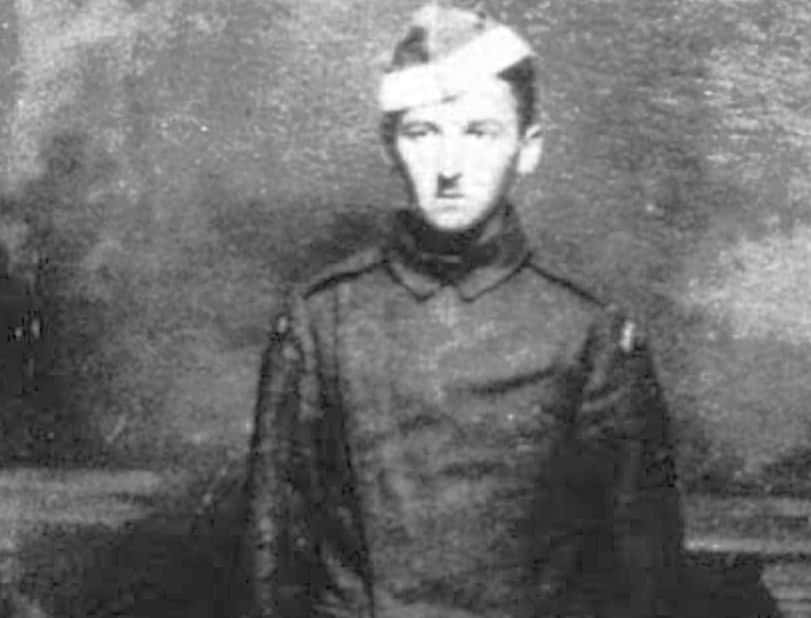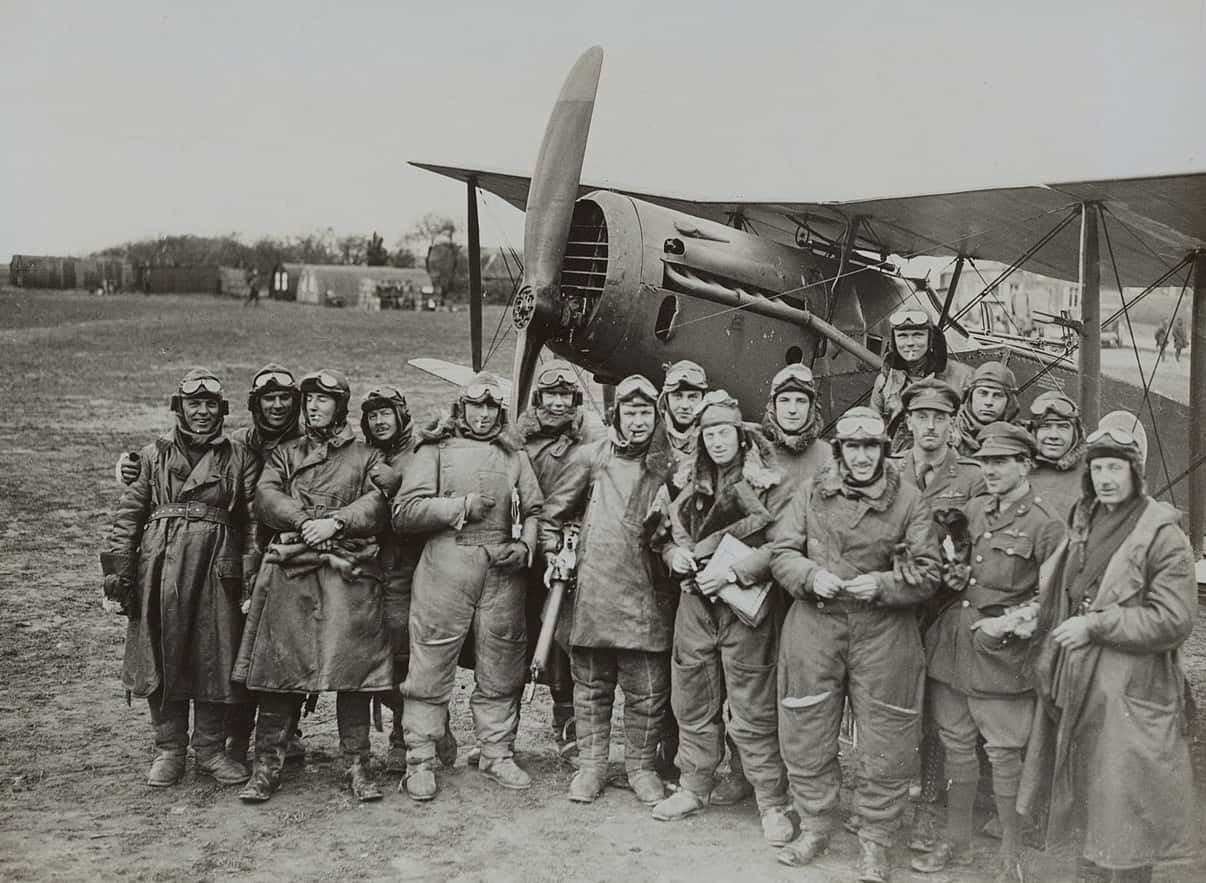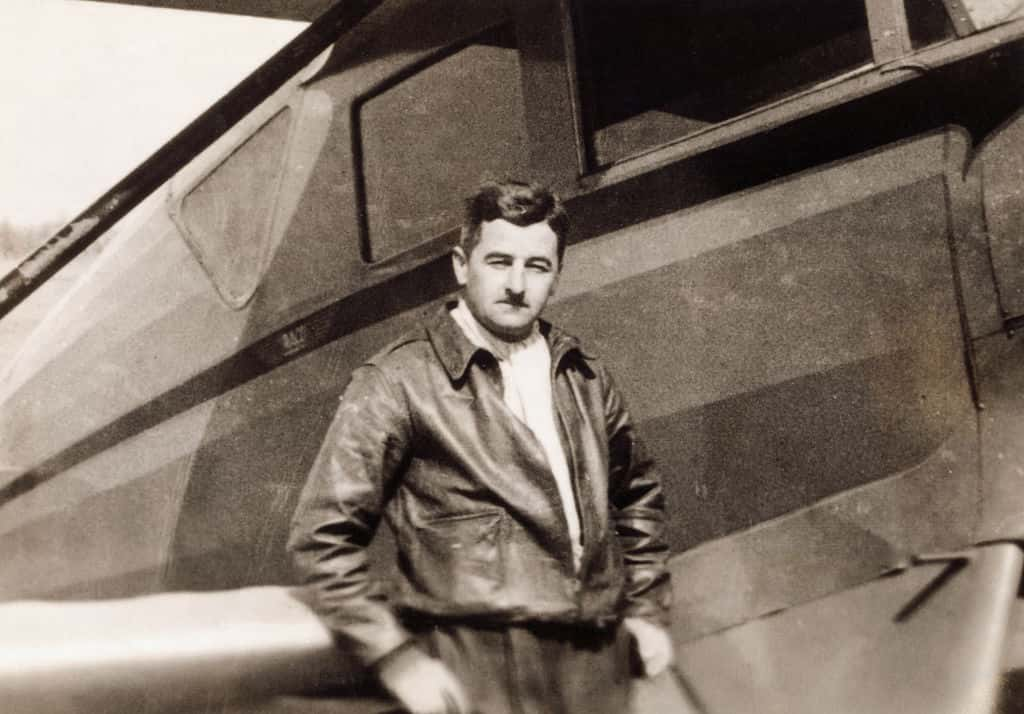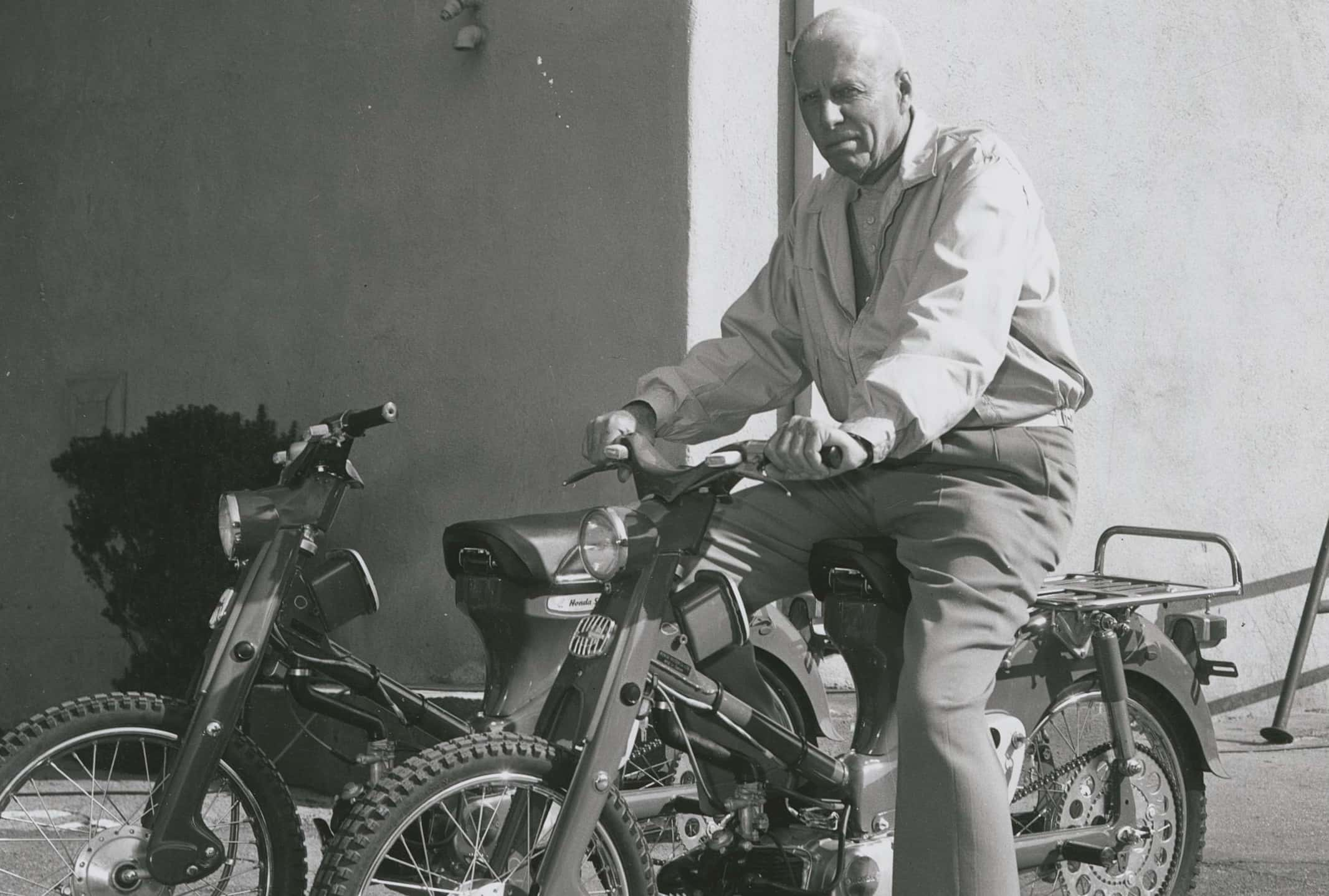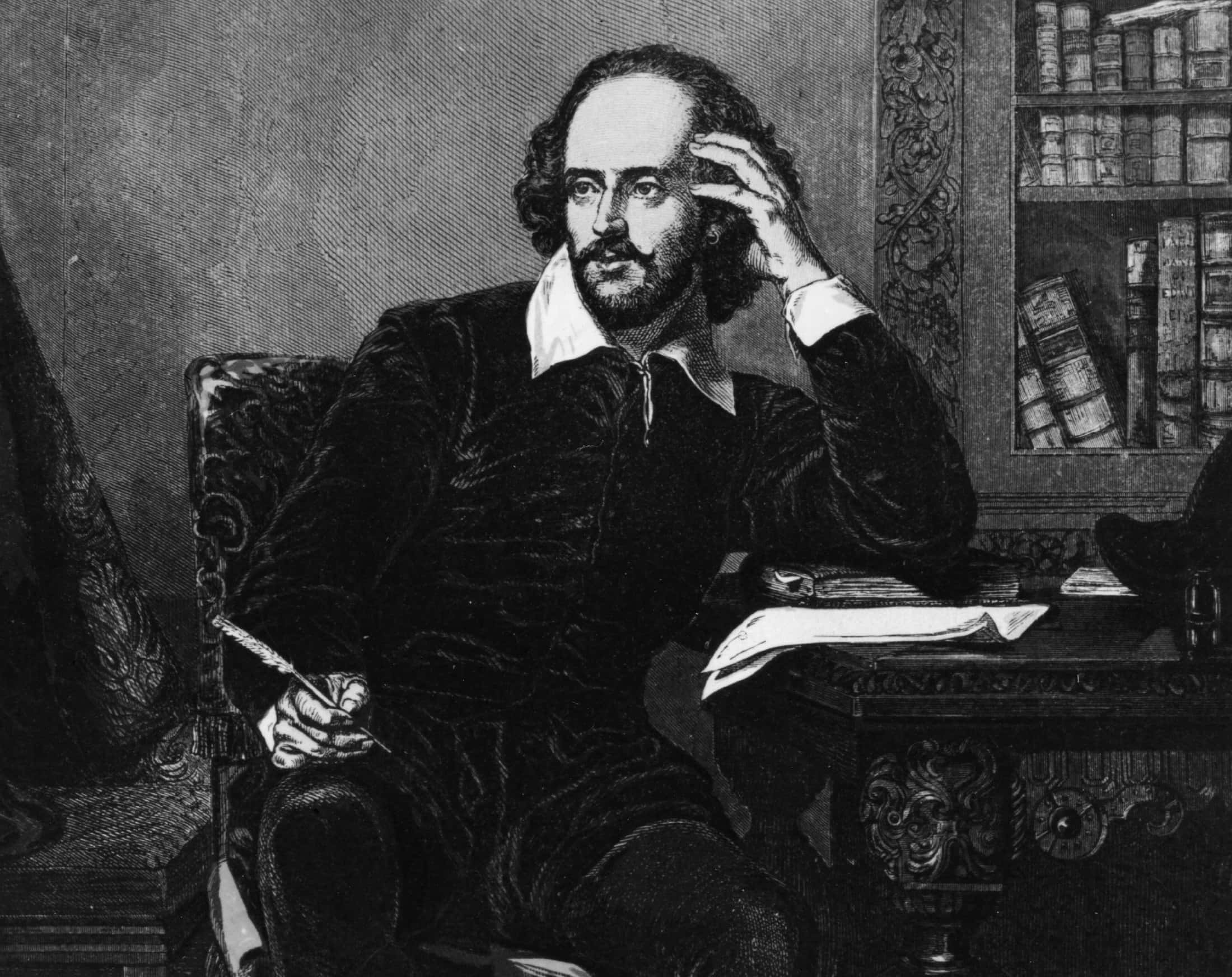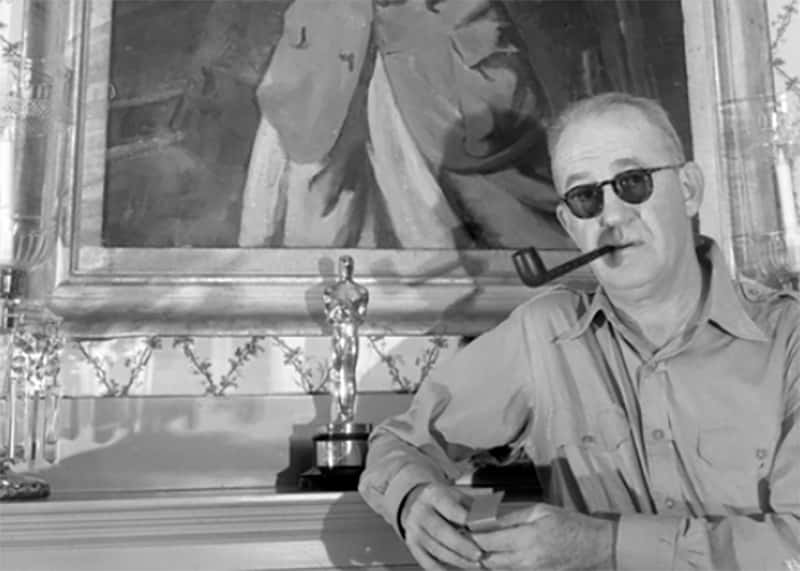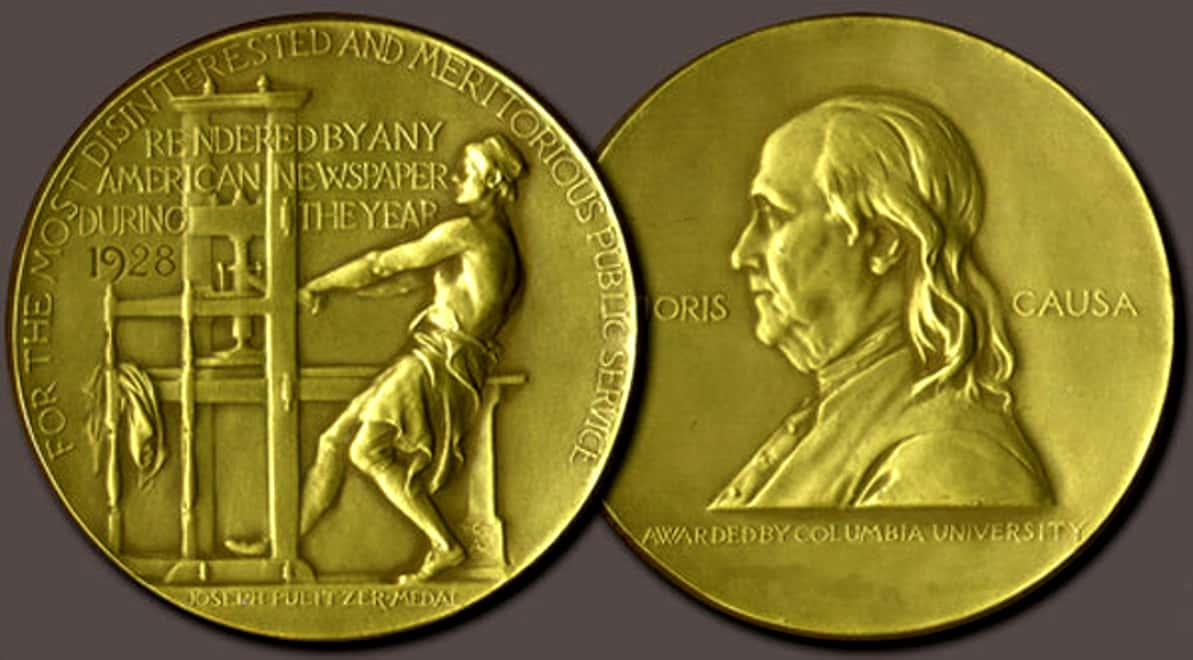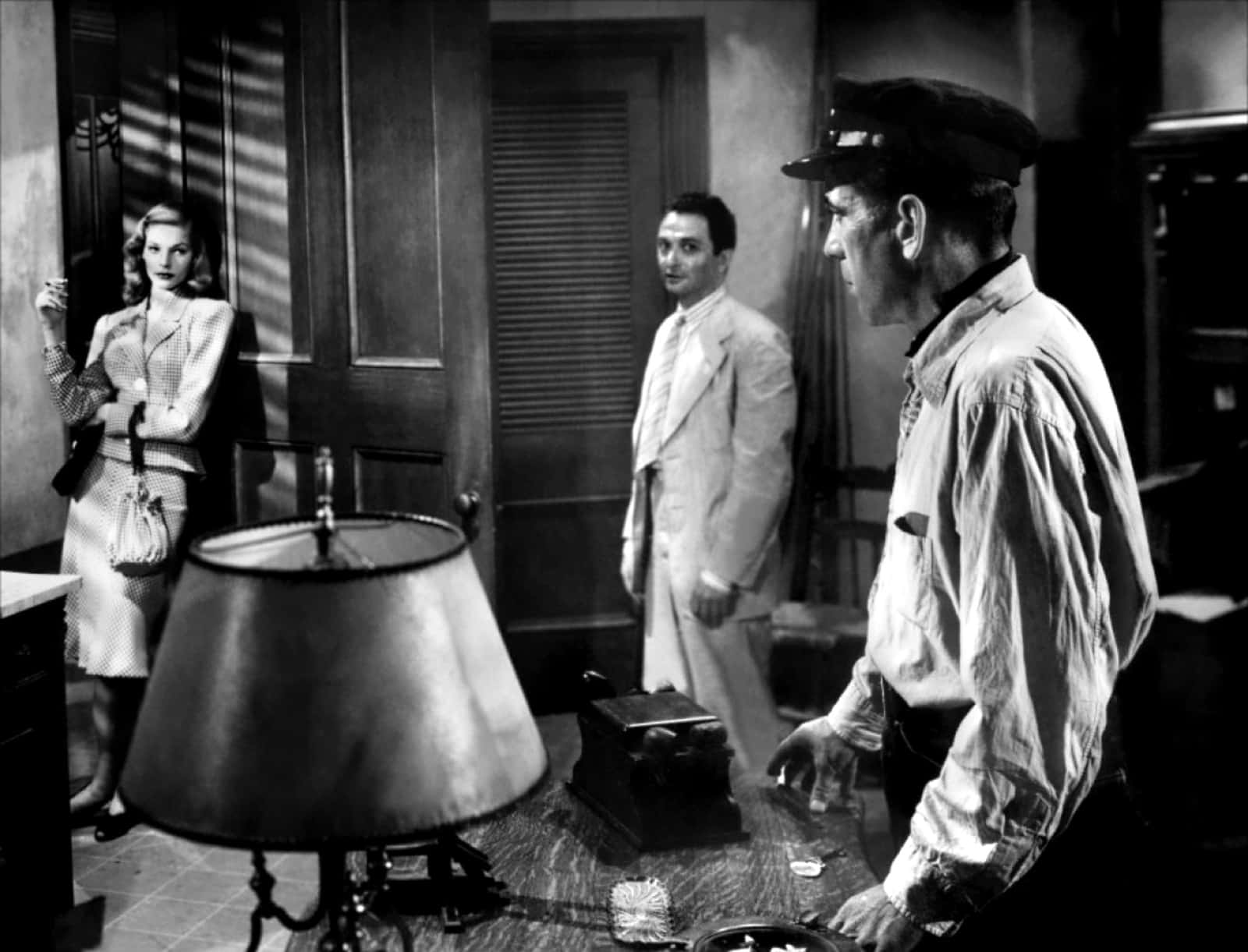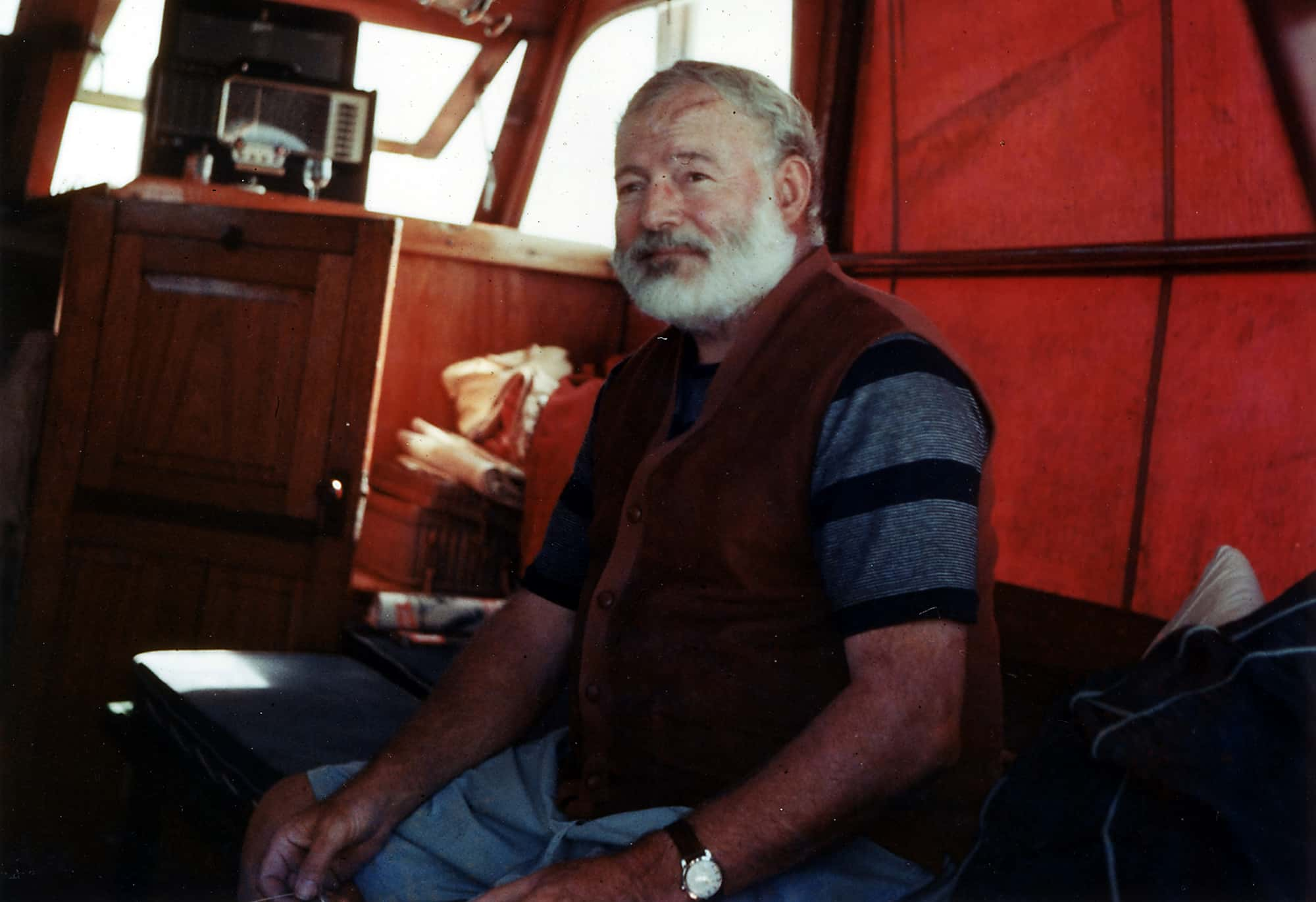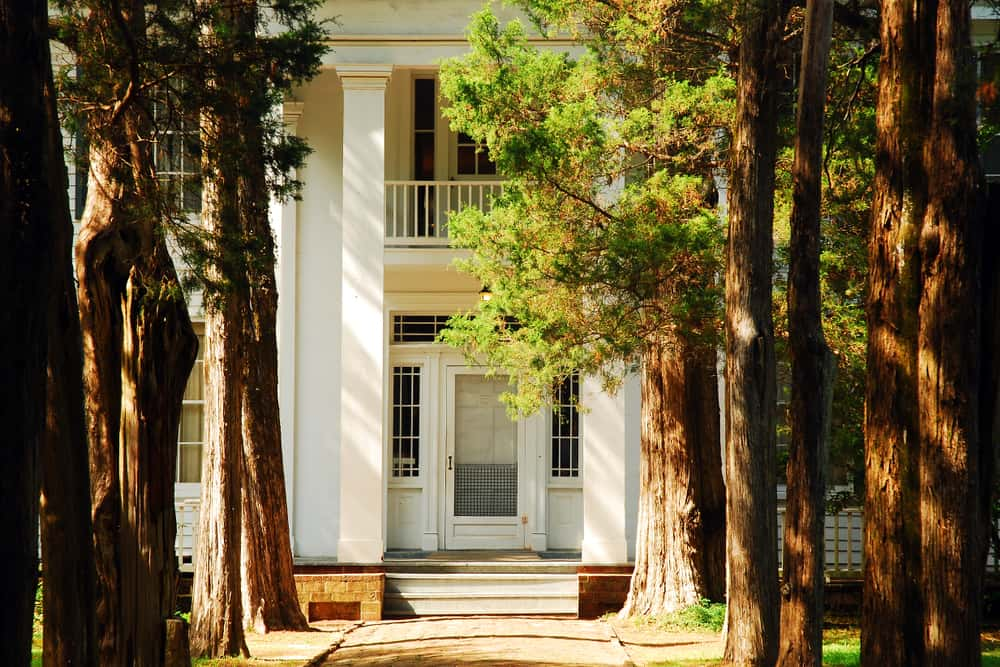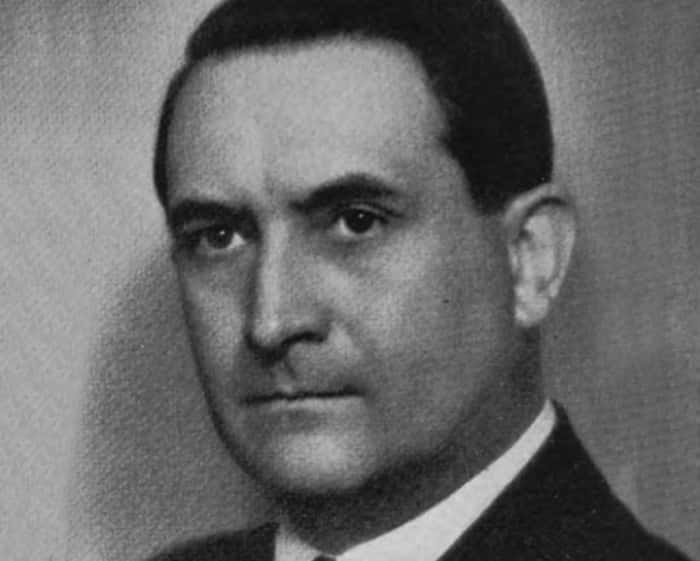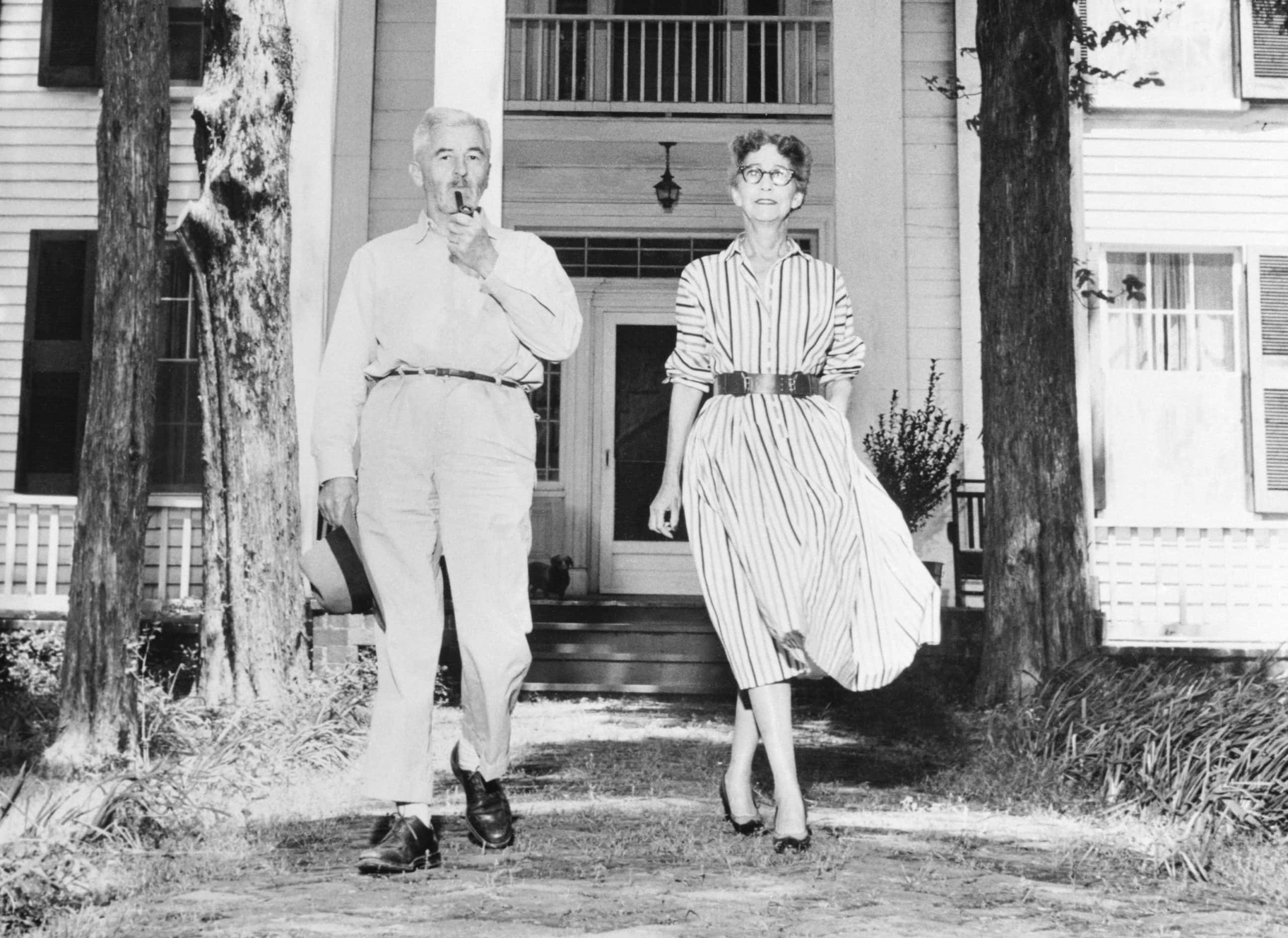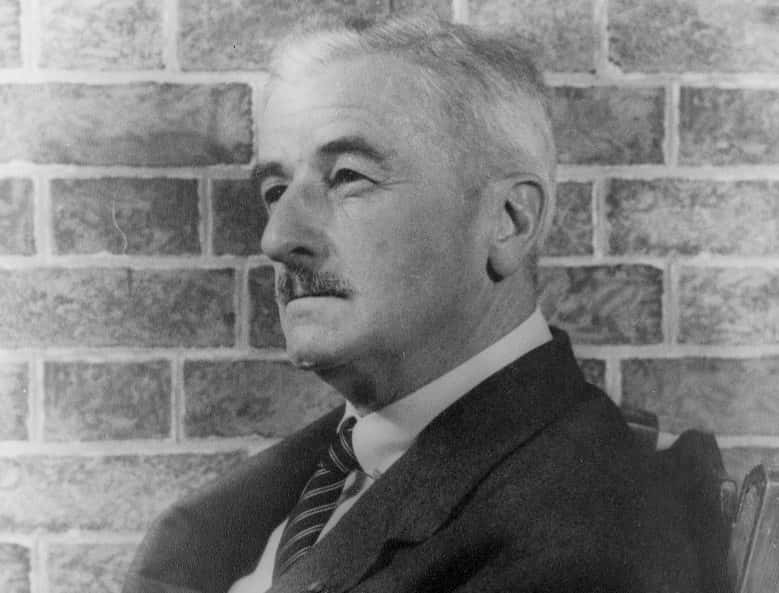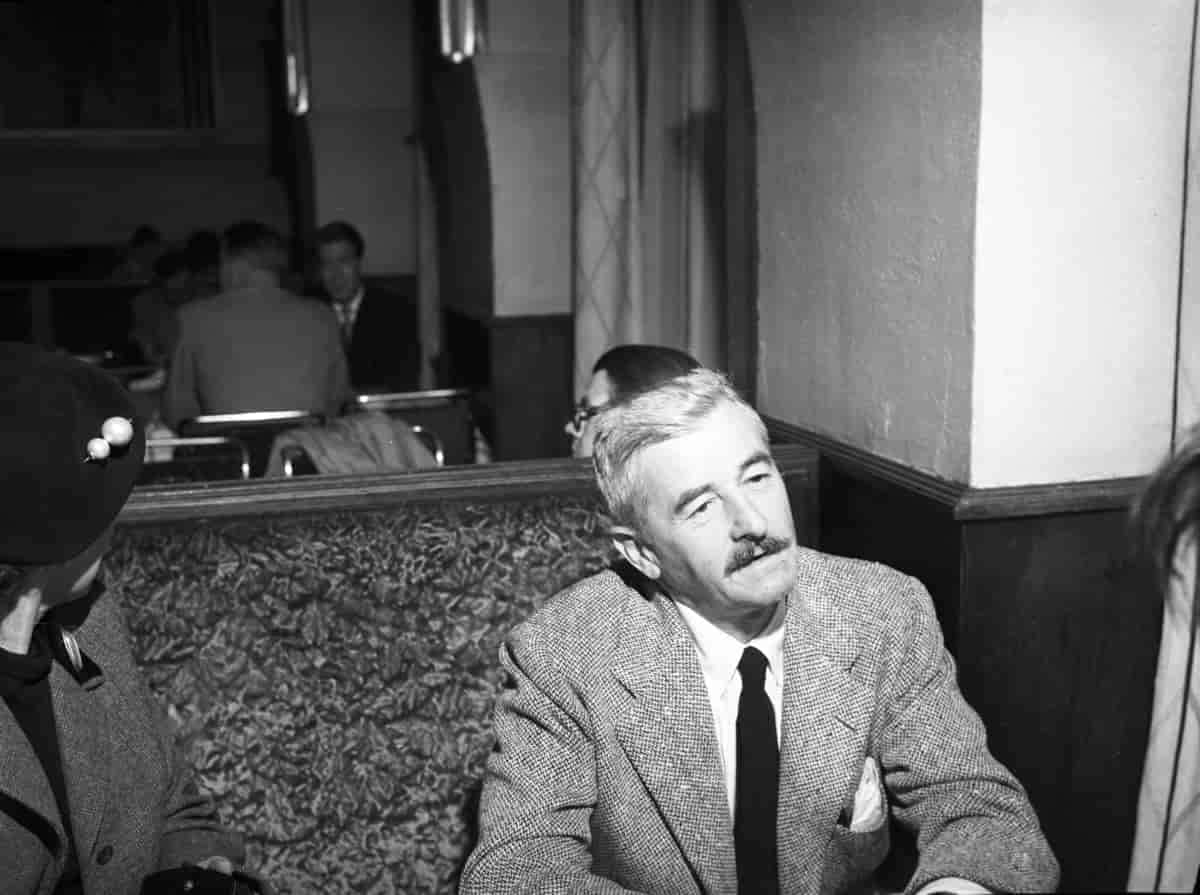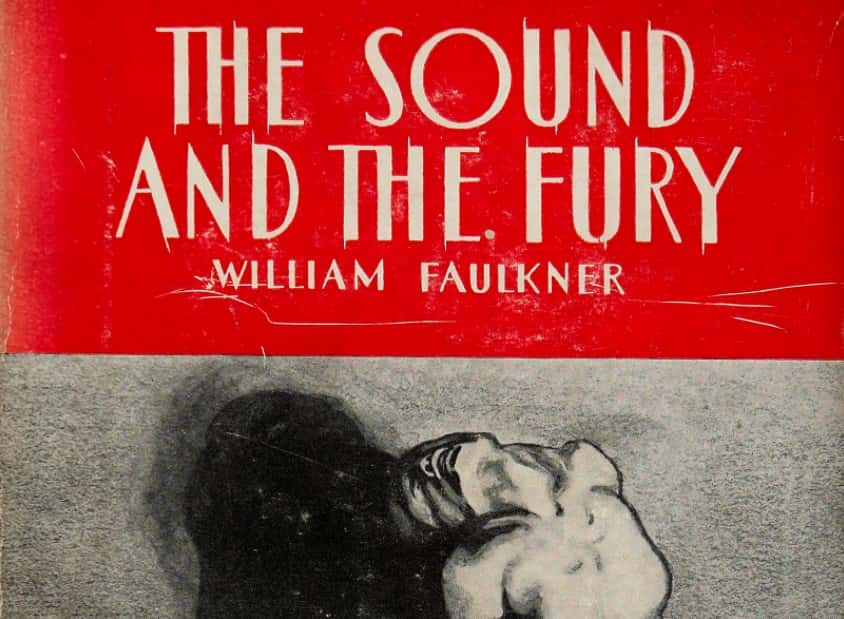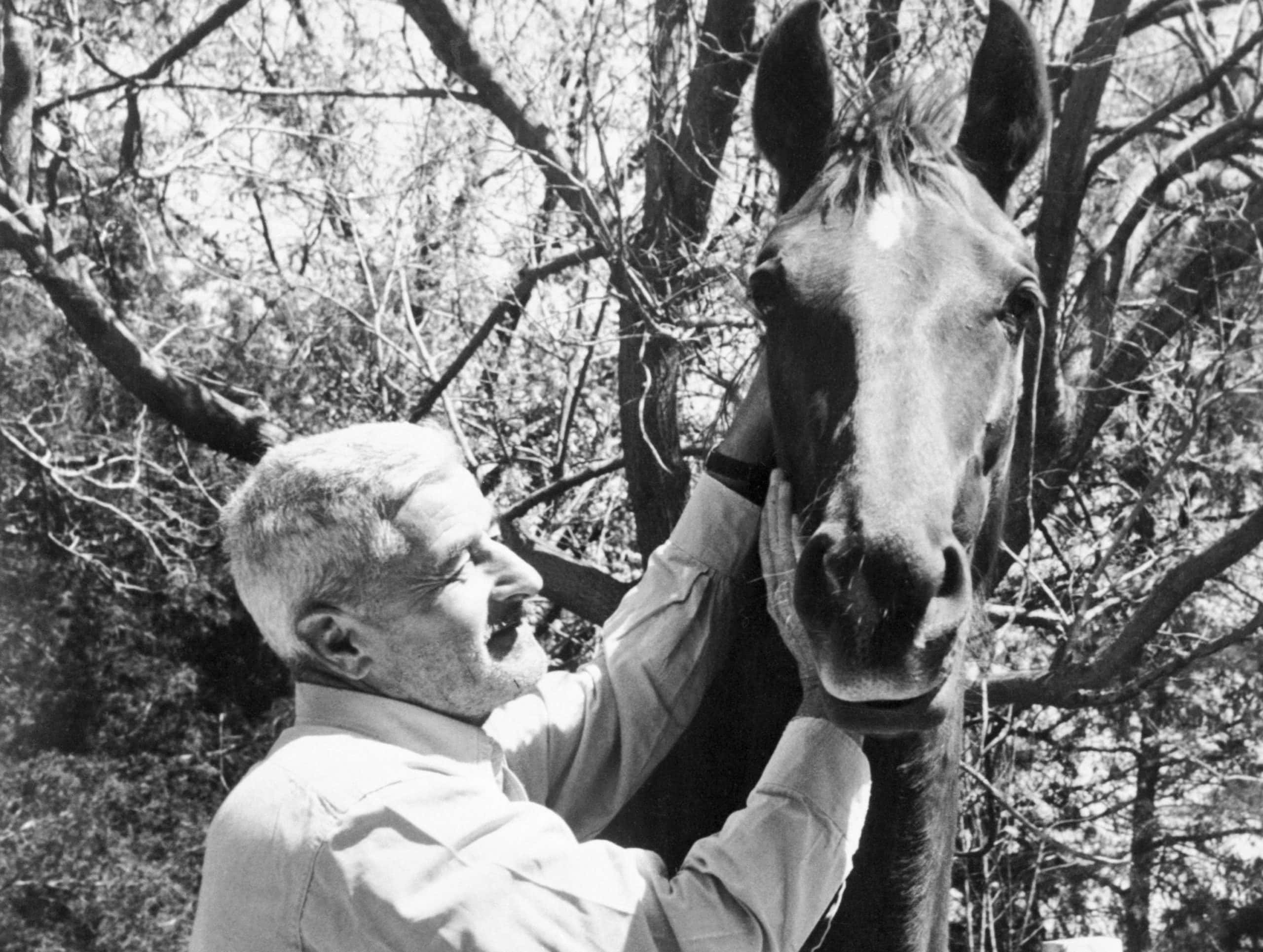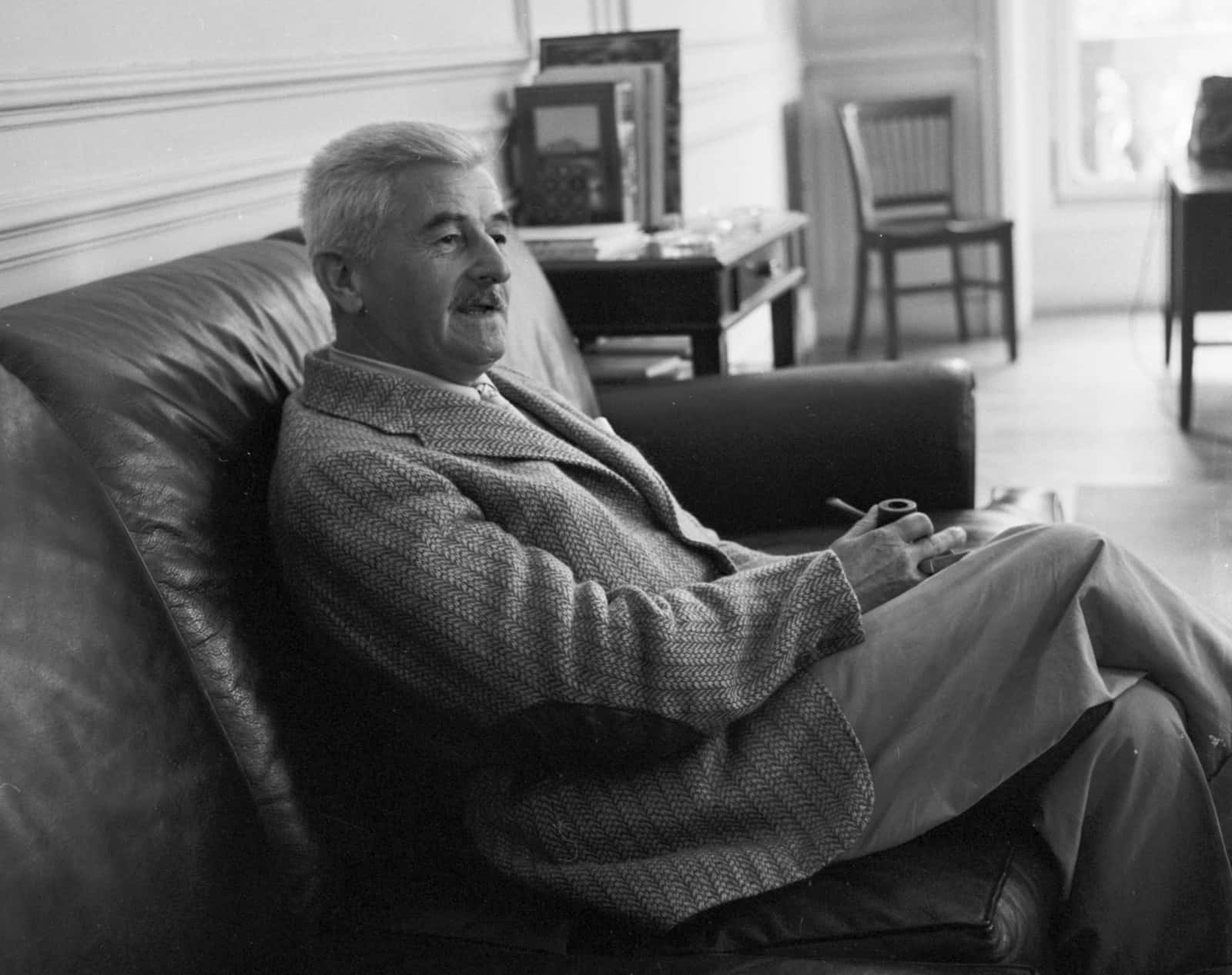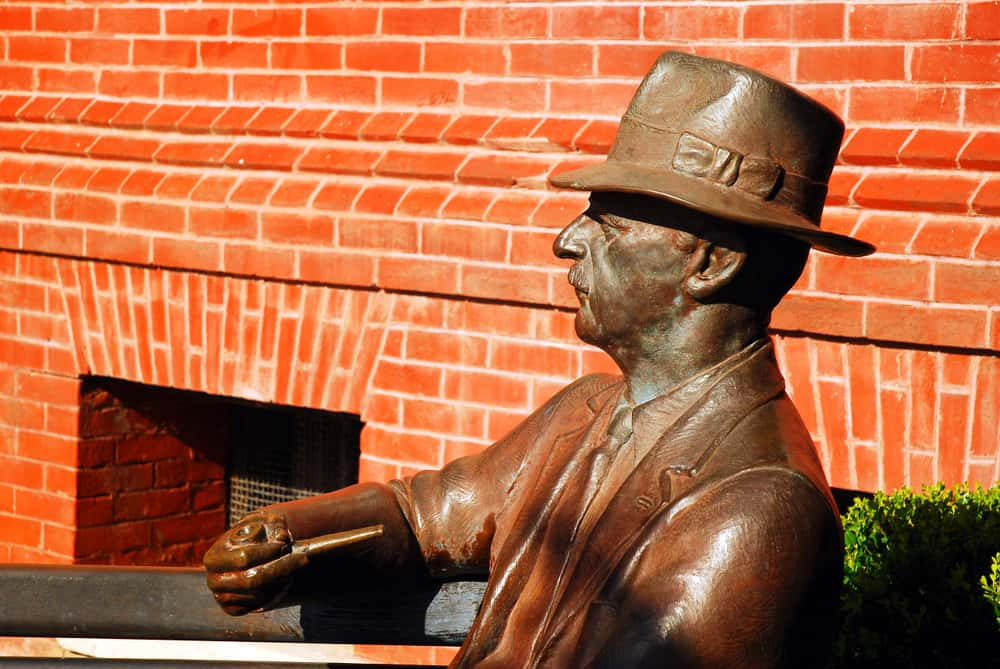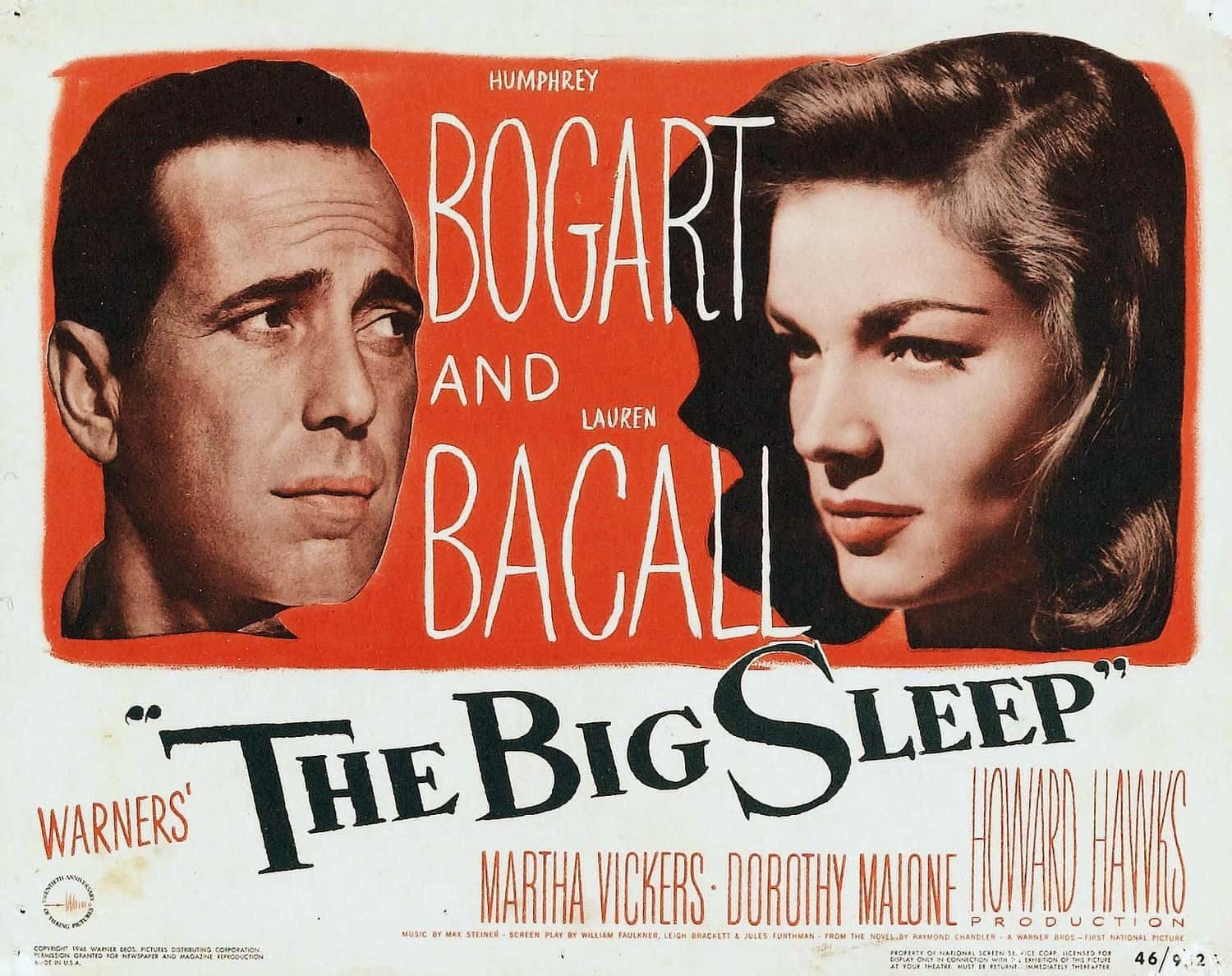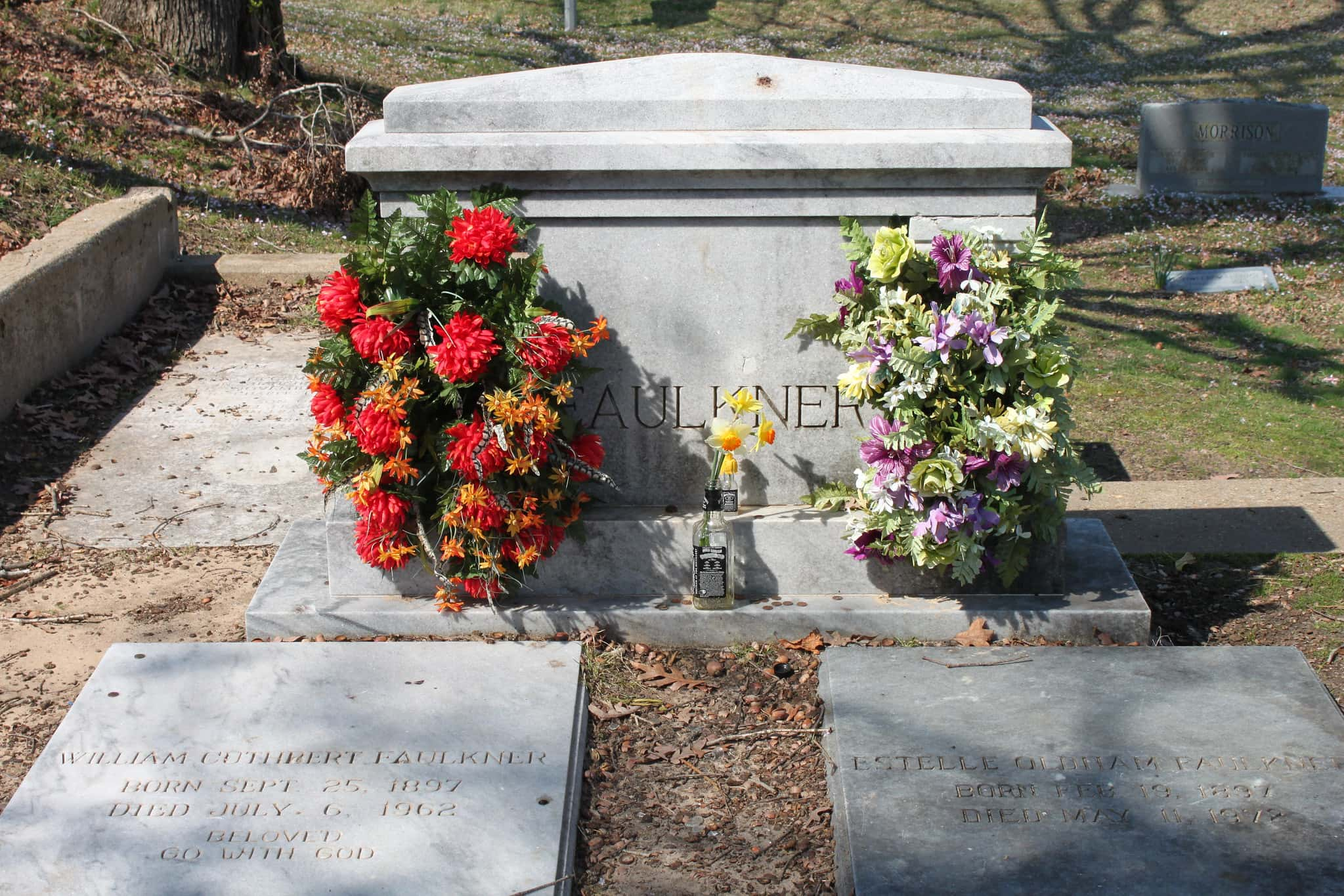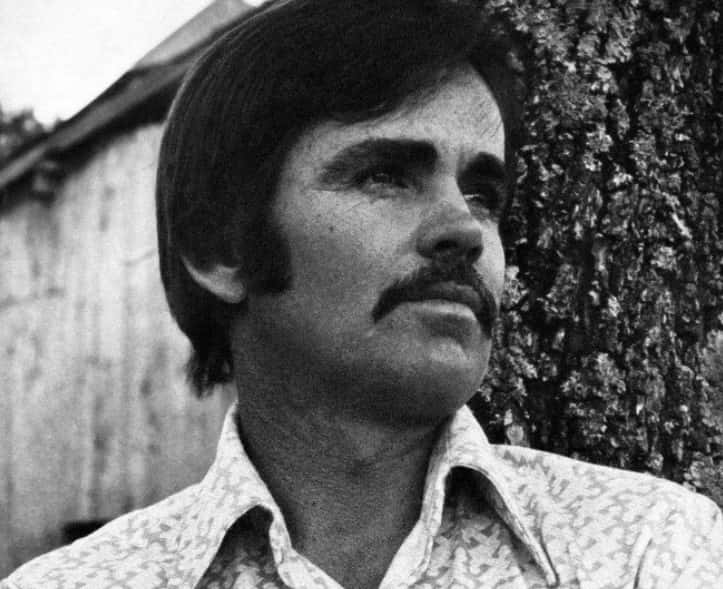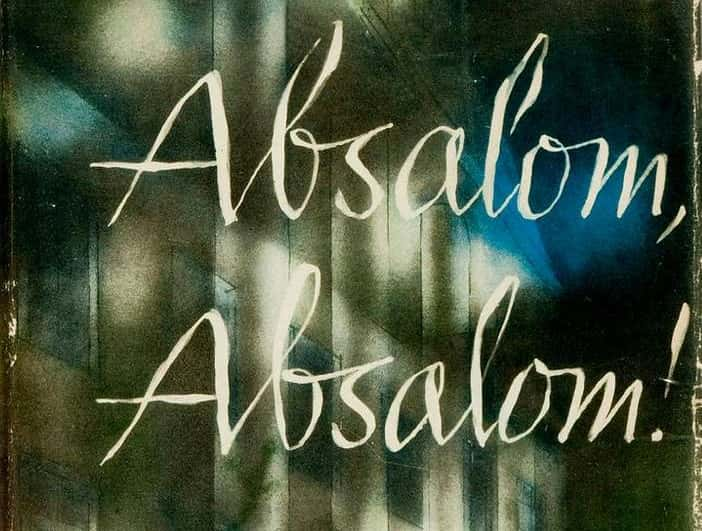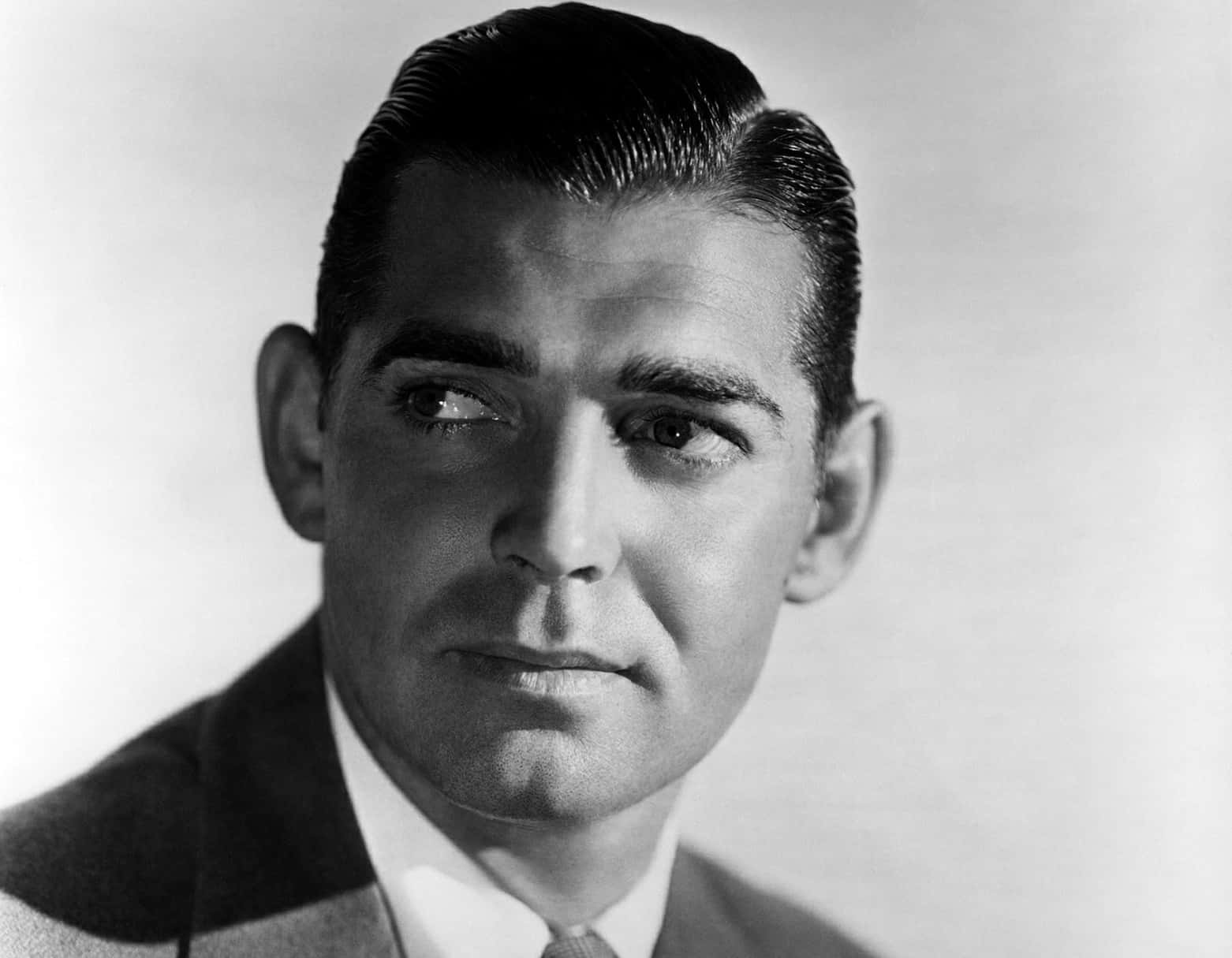“I'm just a farmer who likes to tell stories.” –William Faulkner
It’s safe to say that William Faulkner, author of The Sound and the Fury and As I Lay Dying, continues to stand tall among the elite of American writers. The award-winning author has become well known for his many short stories and sweeping novels which continue to challenge readers to this day with their stream-of-consciousness style. He was instrumental in developing Southern literature as a sub-genre, often depicting the historical South through the eyes of fictional characters.
So, what inspired Faulkner to write? What exactly did he write to make him so celebrated? What does his legacy entail? Find out more below.
1. Family Roots
Faulkner was born in New Albany, Mississippi on the 25th of September 1897. He was the eldest of four sons born to Murry Falkner and Maud Butler.
2. Oh, What’s in a Name?
Faulkner’s surname was actually spelled Falkner. The “u” was added purely because of a typo that someone made on the cover of his first book. When Faulkner was made aware of the error, he didn’t bother to correct it.
3. “My Apocryphal County”
The overwhelming majority of Faulkner’s books and stories take place in the fictional region of Yoknapatawpha County. This imaginary southern region is believed to be based on Lafayette County in Mississippi. In fact, the very name of Faulkner’s fictional county was the original name for the Yocona River in Lafayette County.
Faulkner would spend most of his books and short stories peopling Yoknapatawpha County with characters who would frequently cross over into each other’s stories, even if they were just mentioned in passing, almost like an early shared universe. And if you’re staring at that word, wondering how it’s pronounced, Faulkner was able to personally record himself pronouncing it!
4. Respect Your Elders
One of Faulkner’s great idols was his great-grandfather William Falkner. Falkner had fought for the Confederate army during the Civil War as a colonel. Even after he was demoted, he was known as “the old colonel” by his family for the rest of his life. Falkner also became a noted writer after his military service, writing such varied works as travelogues, poems, plays, and a murder mystery novel which sold more than 160,000 copies!
5. Let’s Hear it for the Colonel!
Not only did Faulkner’s great-grandfather inspire him to become a writer, but he also served as an inspiration for the character Col. John Sartoris, who appeared in several of Faulkner’s novels and short stories.
6. I’m Just Getting Started!
One of Faulkner’s most famous stories was also his first. "A Rose for Emily" first appeared on April 30, 1930 in The Forum. In true Faulkner fashion, the story was a non-linear examination of a woman who was born into a family within the antebellum Southern aristocracy. The story has been subject to much study and great critical acclaim.
7. Bill the Poet
Aside from prose or screenplays, Faulkner spent many years writing poetry, particularly in his youth. Three collections of poetry (Vision in Spring, The Marble Faun and A Green Bough, and Helen, a Courtship and Mississippi Poems) were released by Faulkner, the third one posthumously in 1981.
8. Mississippi Boy, Born and Bred
Faulkner spent his entire life in Mississippi. He grew up in the town of Oxford after his family moved there when he was five years old. By 1930, he was earning enough as a writer to purchase a house of his own in Oxford, which was called Rowan Oak. Even when he began working in Hollywood (more on that later), Faulkner would call Rowan Oak home for the rest of his life. Rowan Oak was declared a National Historic Landmark in 1968, just six years after Faulkner died.
9. Mama’s Boy
While Faulkner’s father instilled a love for the outdoors in his sons, it was Faulkner’s mother and maternal grandmother who inspired him to pursue writing. Both women were enthusiastic readers, and they introduced him to many different authors. This expanded Faulkner’s horizon even before he went to school and shaped his future writing style.

History's most fascinating stories and darkest secrets, delivered to your inbox daily.
10. The People You Know
One woman who played a crucial role in Faulkner’s upbringing was Callie Barr. Barr was an African-American nanny who raised Faulkner up from infancy, and as a result was highly influential on how novels explored race and sexuality in the American south.
11. Talk About Staying Power!
Two chief reasons why Faulkner won the 1949 Nobel Prize for Literature were his 1936 novel Absalom, Absalom! and his 1929 novel The Sound and the Fury. Both novels deal with the downfall of once-great Southern families in the late 19th century and early 20th century. Both novels have been hailed as American classics: The Sound and the Fury was named sixth on a 1998 Modern Library list of the 100 best English-language novels of the 20th century. Meanwhile, in 2009, Absalom, Absalom! was named the best Southern novel of all time.
12. As Faulkner Said…
One of Faulkner’s most famous lines comes from his novel Requiem for a Nun: “The past is never dead. It’s not even past.” Since the book’s release, the line has been paraphrased or quoted many times, including when Senator Barack Obama gave his 2008 speech “A More Perfect Union” in his bid to run for the presidency.
13. Underachiever of the Century
Despite showing highly promising grades early on in his education, Faulkner began to stall around the fifth grade. Faulkner’s attention was drawn to studying the history of Mississippi on his own time while avoiding regular classes. Despite being instilled with a love for history and literature, Faulkner never graduated from high school.
14. O Brother
One of Faulkner’s brothers, John, was also a writer (he too changed his name to include a “u," just like William). Like his elder brother, John wrote about life in Mississippi, though he wrote in a more plain style, unlike Faulkner’s stream-of-consciousness stories. John was also an accomplished painter, known primarily for his Vanishing South series.
15. Go West, Young Man
While he became an established author, Faulkner was still unable to support his family on books and short stories alone. In 1932, however, things took a turn when the film production company MGM offered him a job as a screenwriter. Though Faulkner wasn’t fond of movies, he was fond of earning a living, so he accepted.
16. Sign Me Up!
In 1914, a young Faulkner tried to enlist in the US army. However, he was rejected because he was too short at a mere 5’5". Admittedly, this wasn’t a complete surprise to Faulkner; before he underwent the medical examination, Faulkner had allegedly eaten several bananas and drank copious amounts of water to add some weight to his slight frame. Despite all these efforts, he didn't make the cut.
17. Oh Canada!
Despite his rejection from the US Army, Faulkner wasn’t done trying to fight the good fight. In 1917, he traveled to Yale with a friend and hatched an outlandish plan. Faulkner would try to join the RAF instead. One tiny problem: to join the RAF, you have to be British. But fiction-writing is all about imagination, right? Faulkner and his friend Phil Stone came up with an elaborate ruse right out of a buddy comedy.
They wrote fraudulent documents, practiced speaking with English accents, and wrote fake letters from a hilariously named English vicar named Reverend Edward Twimberly-Thorndyke. When Faulkner arrived at the recruitment station, he was delighted to find that the scam worked! He was officially in pilot training.
18. Talk the Talk
Faulkner had dreamed of being a pilot since he was a young boy, but the reality was very different than he imagined. He was only in the RAF for 179 days and historians aren't even convinced that he ever flew a plane. But Faulkner was committed to the bit. He bought a uniform a few days before he was discharged and paraded through town with it on, preening like a noble soldier who had seen intense combat. Of course, it was all for show!
19. My Friend Howard
While Faulkner worked in Hollywood, he met and befriended the film director Howard Hawks. The two men not only bonded over their love of riding and hunting, they would also work on six films together. In addition, Hawks’ brother, also named William, became Faulkner’s Hollywood agent.
20. Steal from the Best!
Faulkner’s classic novel The Sound and the Fury owes its title to William Shakespeare, specifically Macbeth’s soliloquy in Act 5 Scene 5 of the Scottish Play. Not only does this soliloquy include the phrase “sound and fury,” it also features the phrase “a tale told by an idiot.” Fans of The Sound and the Fury were quick to notice that the latter phrase can be used to describe the book’s story, since it is narrated by three brothers who all display different forms of idiocy (Benjy is intellectually disabled, Quentin is deluded and neurotic to the point of a deteriorating state of mind, and Jason is a narrow-minded misogynist).
21. The Phantom of the Screenplay
The first film Faulkner ever worked on was the 1932's Flesh. Although Faulkner ultimately went uncredited for his work on the film, he wasn’t alone in that regard—the film’s director, John Ford, also went uncredited for unknown reasons.
22. Awarded Retroactively
Aside from the Nobel Prize, Faulkner also won two Pulitzer Prizes, though one of them was awarded posthumously. There is actually some controversy to these awards, as they were given for the 1954 novel A Fable and the 1962 novel The Reivers. It has been generally accepted that A Fable is one of Faulkner’s lesser works, but the Pulitzer board was convinced to choose it in compensation for having ignored Faulkner in the past. The board proceeded to override the jury’s selection for the prize so they could award it to A Fable. At the same time, A Fable also earned Faulkner the US National Book Award.
23. Should I Demand a Royalty Cheque?
Fans of the film Barton Fink might recall the character of W.P. Mayhew, the hard-drinking writer played by John Mahoney. This character is actually a loose reference to Faulkner, who also moved from novel writing to scriptwriting and suffered from alcoholism during his life.
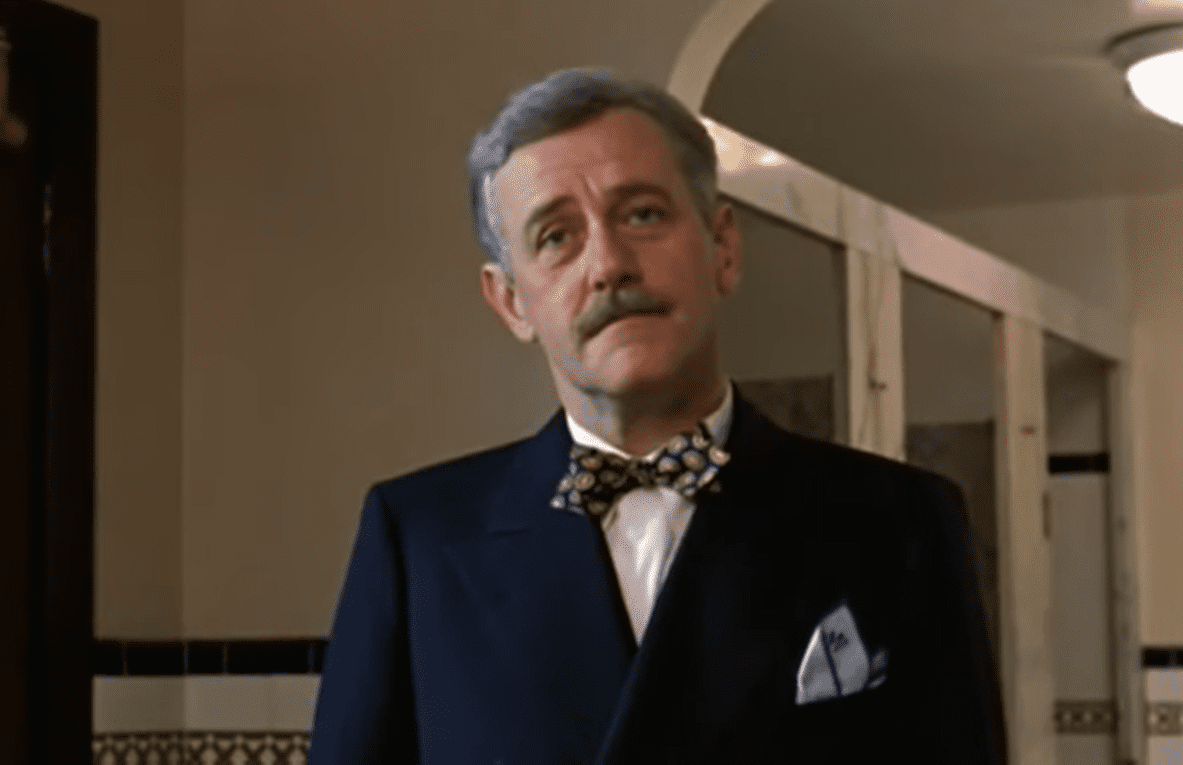 Barton Fink (1991), 20th Century Fox
Barton Fink (1991), 20th Century Fox
24. Why Bother Trying?
Faulkner’s highly acclaimed novel, The Sound and the Fury, has been adapted twice into films. The first adaptation was released in 1959, while Faulkner was still alive. However, the film’s plot was almost nothing like the book. It was rightfully dismissed by critics and barely made its budget back. The second film adaptation, directed by and starring James Franco, premiered at the Venice Film Festival before being released through video on demand.
While it strove to be as accurate to the book as possible, it too received negative reviews from critics who commented that The Sound and the Fury’s structure and story simply defied the movie medium. Franco had gotten a similar reaction from critics when he tried to adapt Faulkner’s novel As I Lay Dying into a film (using much the same cast as later appeared in The Sound and the Fury).
 As I Lay Dying, Picture Entertainment
As I Lay Dying, Picture Entertainment
25. That’s a New One!
Faulkner’s work on the screenplay for To Have and Have Not marked the first and only time that a film was made based on a novel written by a Nobel Prize-winning author (Ernest Hemingway) whose script was partly written by another Nobel Prize-winning author (Faulkner). However, in a stroke of true irony, despite having such figures as Hemingway and Faulkner involved in the writing process, most of the film’s dialogue ended up being improvised by the actors!
26. Shots Fired!
Speaking of Ernest Hemingway, he and Faulkner were at odds with each other. In April 1947, Faulkner was invited to speak at the University of Mississippi. One question Faulkner was asked was to rank himself with contemporary writers of the day. Faulkner ranked himself second behind Thomas Wolfe, and placed Hemingway fourth, commenting that “he has no courage, has never crawled out on a limb. He has never been known to use a word that might cause the reader to check with a dictionary to see if it is properly used.”
27. Fire with Fire
Because the world sometimes likes to hear people get catty, Faulkner’s less-than-stellar review of Hemingway’s writing style reached Hemingway himself in 1950. His response was apparently “Poor Faulkner. Does he really think big emotions come from big words? He thinks I don’t know the ten-dollar words. I know them all right. But there are older and simpler and better words, and those are the ones I use. Did you read his last book? It’s all sauce-writing now, but he was good once. Before the sauce, or when he knew how to handle it.” To be fair, Hemingway was hardly the man to complain about someone’s drinking problem!
28. You Missed a Spot
In addition to writing, Faulkner would also support himself as a house painter on occasion. Frankly, it must have been great to brag that your house was painted by a Nobel Prize-winning author!
29. Young Love
When Faulkner was a teenager, he entered into a relationship with Estelle Oldham. However, while Faulkner was hoping to marry her, Oldham was dating a few other boys at the time. In 1918, Faulkner was dismayed when Cornell Franklin beat him to the punch and proposed to Oldham. Oldham’s family and Franklin’s family were very friendly with each other, and Franklin’s prospects eclipsed Faulkner’s at the time. Oldham and Franklin were married in 1919.
30. Reunited Love
However, things changed in 1929 when Estelle Oldham and Cornell Franklin divorced. Wasting no time, Faulkner and Oldham were married just two months later! Faulkner also took in Oldham’s two children, becoming their stepfather. He and Oldham remained married for the rest of Faulkner’s life.
31. Don’t Make Me Laugh!
It will probably surprise nobody to learn that an old-fashioned writer like Faulkner hated television (and to be fair, television then wasn’t what it is nowadays). However, Faulkner did have an obsession with one TV show: the cop comedy Car 54, Where Are You? Faulkner would allegedly visit a friend’s house every Saturday just to watch this show. Unfortunately for Faulkner, the series only lasted two seasons.
32. Can’t Win ‘Em All
Aside from the films on which Faulkner worked as a screenwriter, he worked on at least eleven film projects that went unproduced.
33. Not-So-Secret Affairs
Despite marrying the love of his life, Faulkner went on to have several extramarital affairs. We know about this because two of the women ended up writing books about their affairs with him! One was titled The Wintering, and it was written by fellow writer Joan Williams. Meta Carpenter Wilde, a script girl for Howard Hawks, was more obvious when she wrote the bestselling book A Loving Gentleman: The Love Story of William Faulkner and Meta Carpenter Wilde. Perhaps thankfully, the latter book came out in 1976, four years after the death of Faulkner’s widow.
34. Sins of the South
According to Faulkner, he believed that slavery had been the curse of the South, and this immoral practice had brought the South down. This belief was reflected in Faulkner’s writing. In The Sound and the Fury, the moral center of the decaying Compson family is their cook, a black matriarch named Dilsey. The main character of Absalom, Absalom! deserts his pregnant wife when he finds out that she is part black, and later receives a cruel comeuppance for it.
35. My Kingdom for a Horse
On the 17th of June 1962, an aging Faulkner suffered a serious injury when he fell from his horse. He contracted a case of thrombosis, which likely contributed to his death later that year.
36. Sounds Like a Hillbilly Version of House Frey!
The fact-checking website known as Snopes.com took its name from a family which features prominently in Faulkner’s writings. Starring in Faulkner’s “Snopes trilogy” (comprising of The Hamlet, The Town, and The Mansion), the Snopes clan are often comprised of grasping, unpleasant, and grotesque people whose rise to prominence is meant to be a contrast to the old Southern dynasties such as the Sartorises, the Compsons, and the Coldfields dying out.
It honestly makes us laugh at the sense of humor that Snopes.com had in naming itself after a family whose members include a pedophile, a pornographer, and a murderer!
37. Playing God
Faulkner was unafraid of inconsistency when it came to his characters. The character of Quentin Compson meets his tragic end at nineteen in both The Sound and the Fury and Absalom, Absalom!, but he appears as a twenty-four-year-old in the short story That Evening Sun. Meanwhile, in that same short story, a character named Nancy appears as a terrified washerwoman working for the Compson family, despite the fact that she is a nun in the short story Requiem for a Nun. As an explanation, Faulkner declared that since the fictional characters belong to him, he’s allowed to move them around in the timeline, regardless of internal logic.
38. Peculiar Fascination
Reportedly, Faulkner was only interested in one kind of present for Christmas: pipe cleaners. According to Faulkner’s stepson, Malcolm, if Faulkner got a present which wasn’t pipe cleaners, “he would carefully take it to his office and there it would remain unopened.”
39. Your Name’s on the Screen!
Although Faulkner worked on many screenplays during his time in Hollywood, and even though several of them were produced and released, he only ever received screenwriting credit for two films. They were the Howard Hawks films The Big Sleep and To Have and Have Not.
40. Someone Call Spielberg!
Faulkner died of a heart attack on the 6th of July 1962 at the age of sixty-four. His final resting place is in St. Peter’s Cemetery in Oxford alongside the rest of his family. On a more mysterious note, Faulkner’s grave is beside the grave of a family friend whose identity is unknown. This friend’s tombstone is marked only with the initials “E.T.” We hope nobody told children from the 1980s that the phone home didn’t work out after all…
41. Giving Others a Head Start
In 1960, Faulkner established a charitable foundation named after himself. In a partnership with the University of Virginia, the William Faulkner Foundation would offer awards and scholarships to the aforementioned university. Winners of the foundation’s Award for notable first novel include Thomas Pynchon and Cormac McCarthy. The foundation was dissolved in 1970.
42. It Just Keeps Going!
Unlike Hemingway’s terse, tip-of-the-iceberg style of writing, Faulkner was known for his elaborate run-on sentences which reflected the disjointed manner of human speech or thought. In fact, the novel Absalom, Absalom! was entered into the Guinness World Records in 1983 for having the longest sentence in English literature! The sentence, found in the novel’s sixth chapter, contains no fewer than 1,288 words!
43. Don’t You Know Who I Am?!
One of the most famous stories concerning Faulkner involves him on a hunting trip with director Howard Hawks and movie star Clark “Gone With the Wind” Gable. According to Hawks, this was the first time that Gable and Faulkner had ever met, but they got along pleasantly enough. During their talk, Gable asked Faulkner who he thought the best writers living at that time were. Faulkner named Willa Cather, John Dos Passos, Ernest Hemingway, Thomas Mann, and himself. Intrigued, Gable replied, “Oh, do you write, Mr. Faulkner?” Faulkner then earnestly asked Gable, “Yes. And what do you do?”
44. The Secret Recipe For Literary Success
In an interview, The Paris Review asked Faulkner what he needed to write. His answer? Paper, food, tobacco, and whiskey.
Sources: 1, 2, 3, 4, 5, 6, 7!, 8, 9, 10, 11, 12, 13, 14, 15, 16, 17, 18, 19, 20, 21

